
In partnership with the Civil Society Unit and the Academic Impact Initiative of the
United Nations Department of Global Communications
Homepage | Interactive Program | Presentations | Published Papers | Side Events | Concept Note | Planning | Volunteer | FAQ
Download the Published Papers here Volume I and Volume II
All conference presentations will run a total of 30 minutes: 20 minute for the presentation and 5 minutes for a Q/A. The presentations can be given in English, Spanish, or French and answer the question: “Why it Matters”.
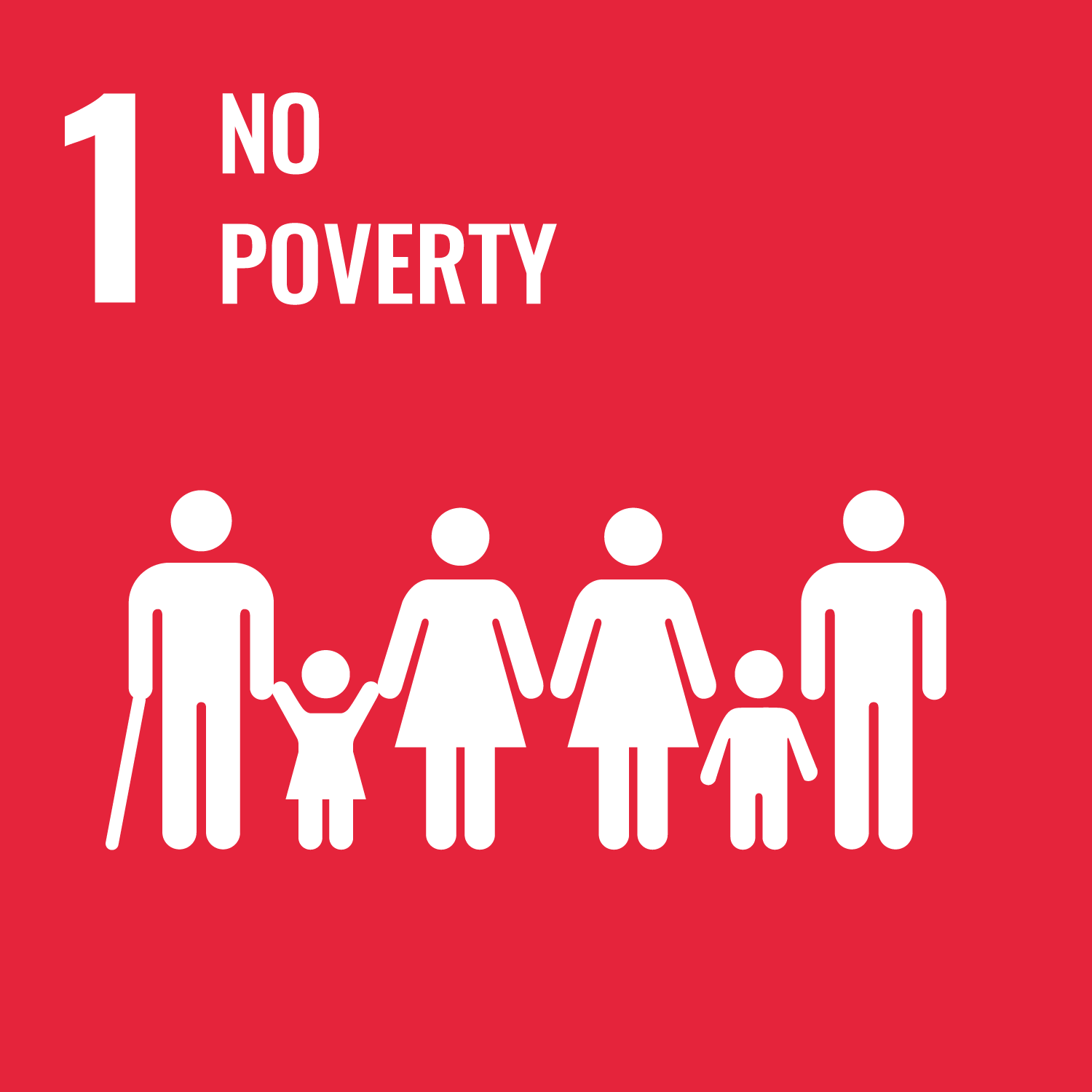 |
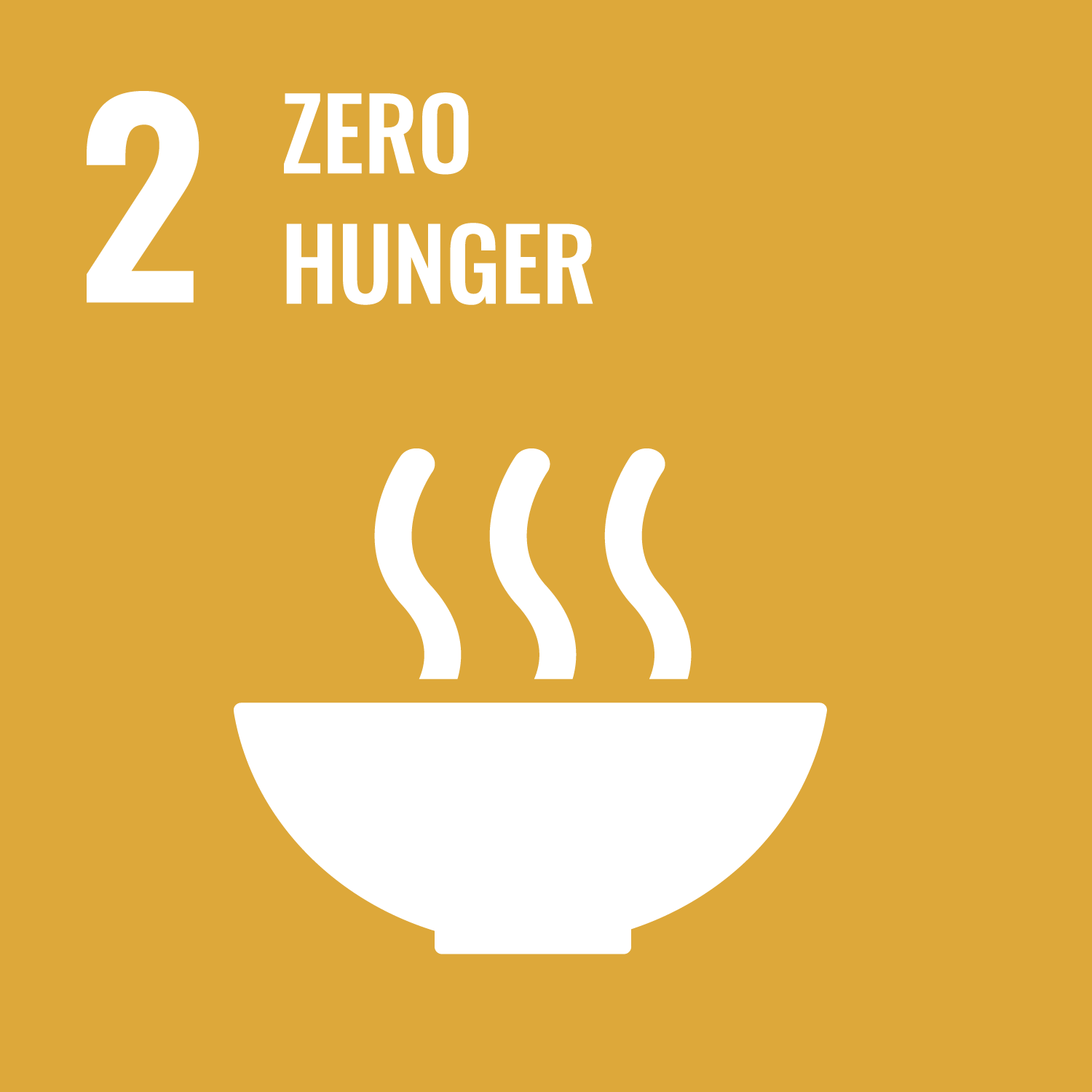 |
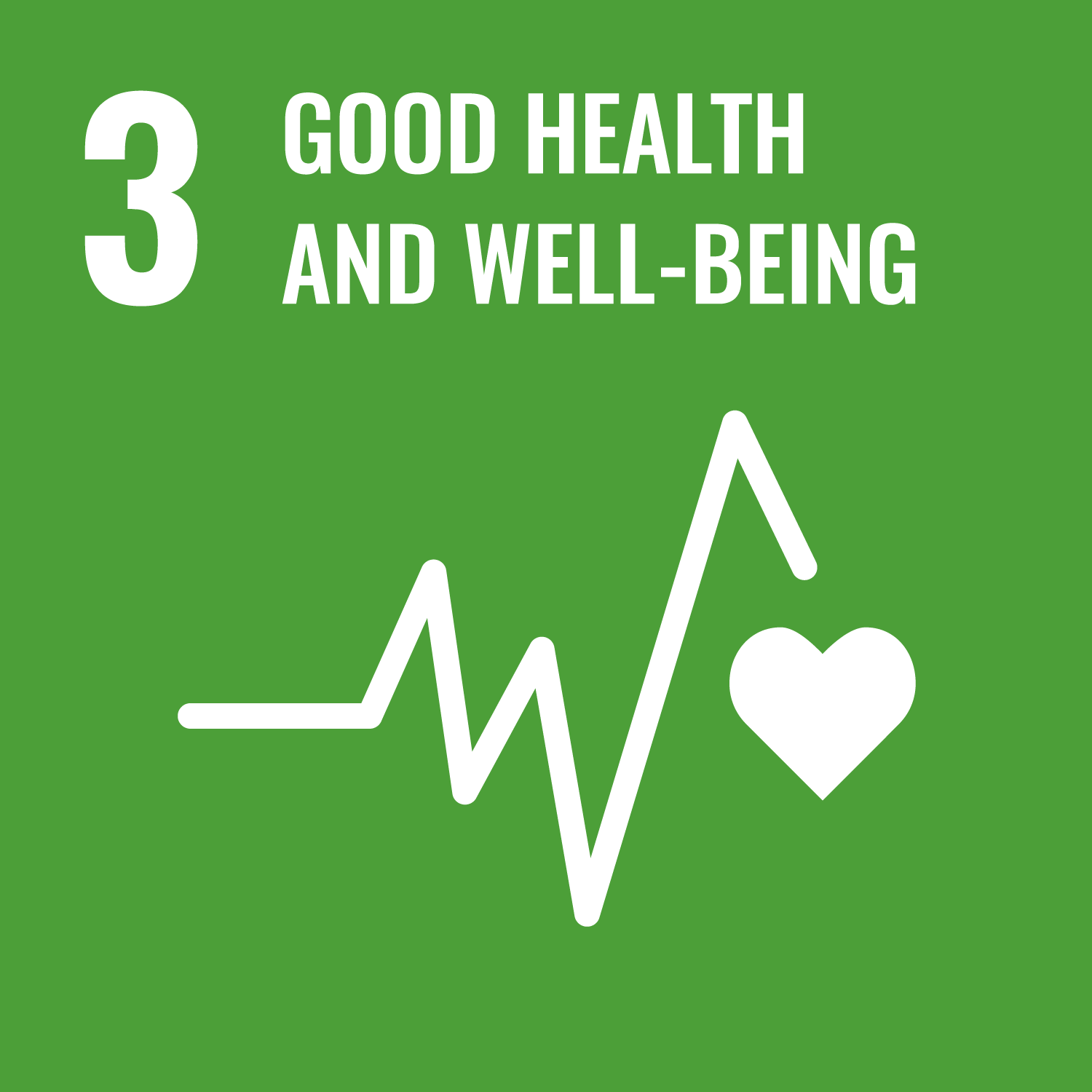 |
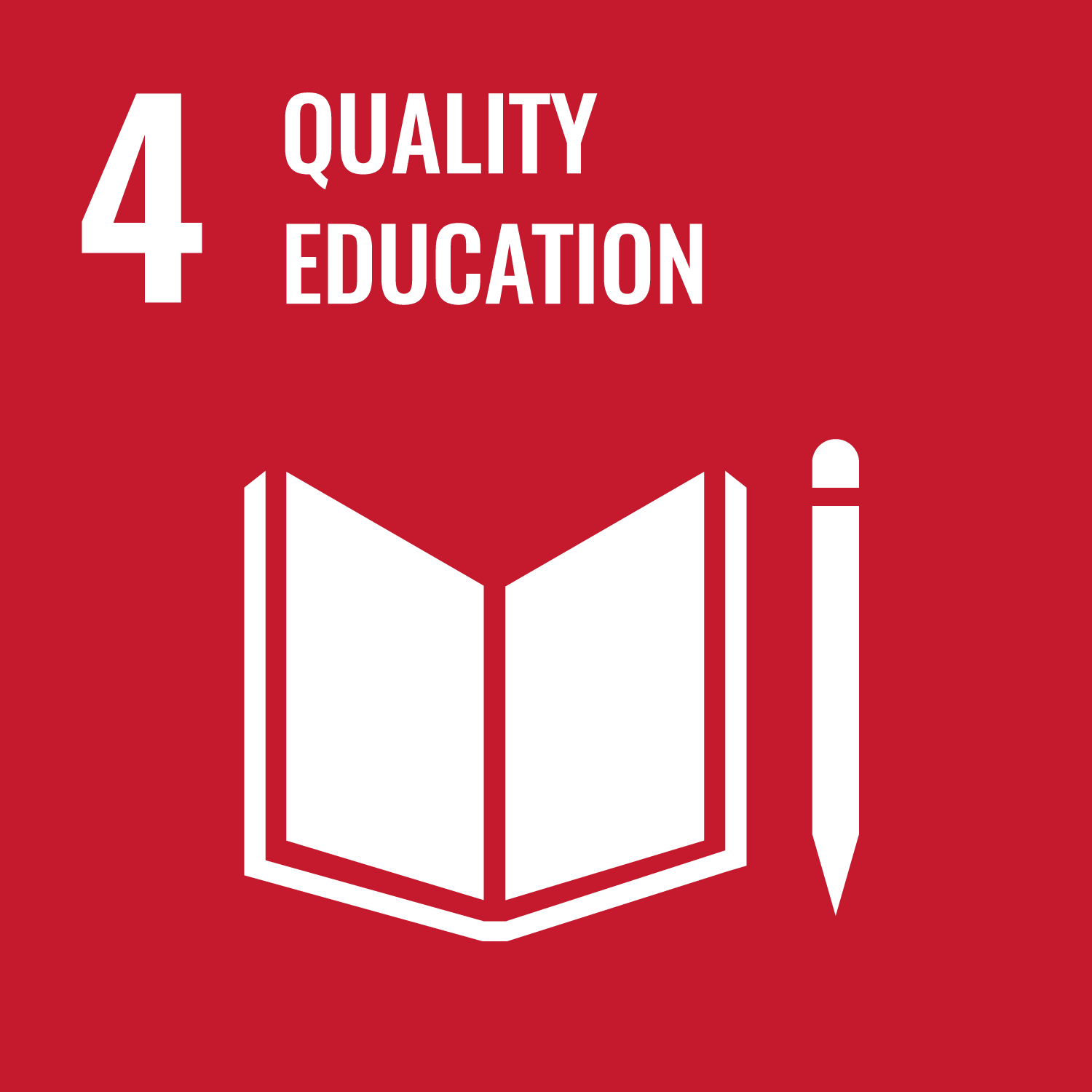 |
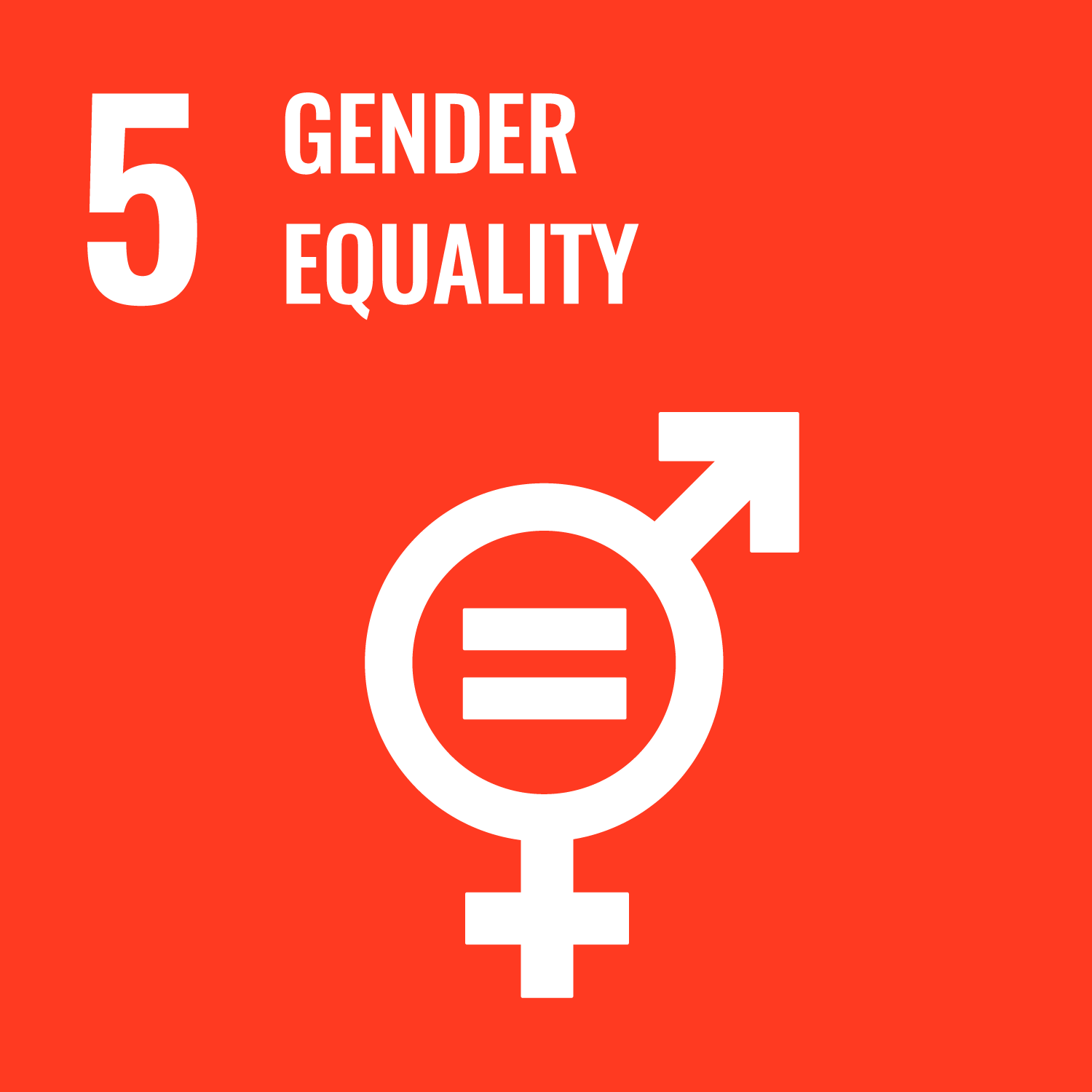 |
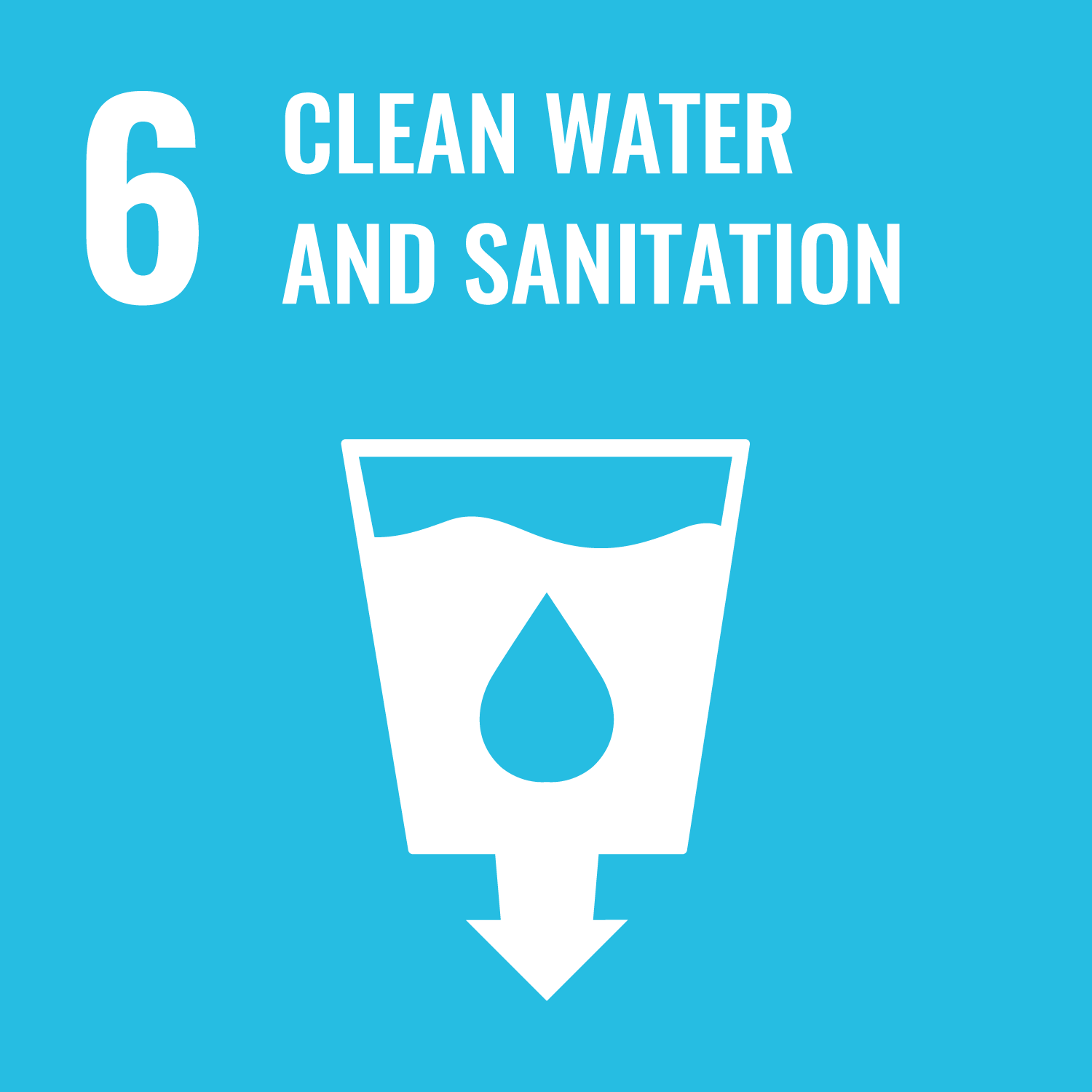 |
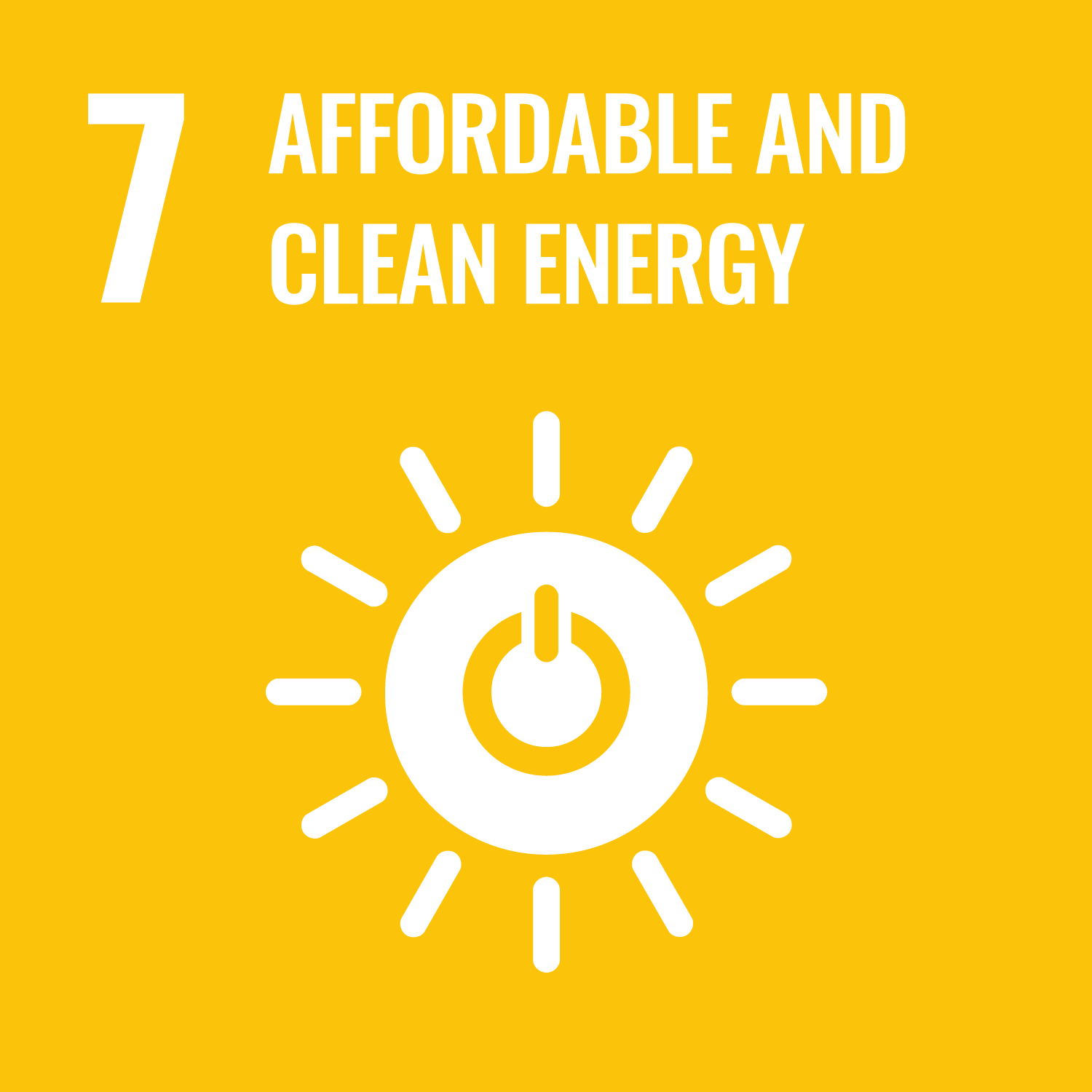 |
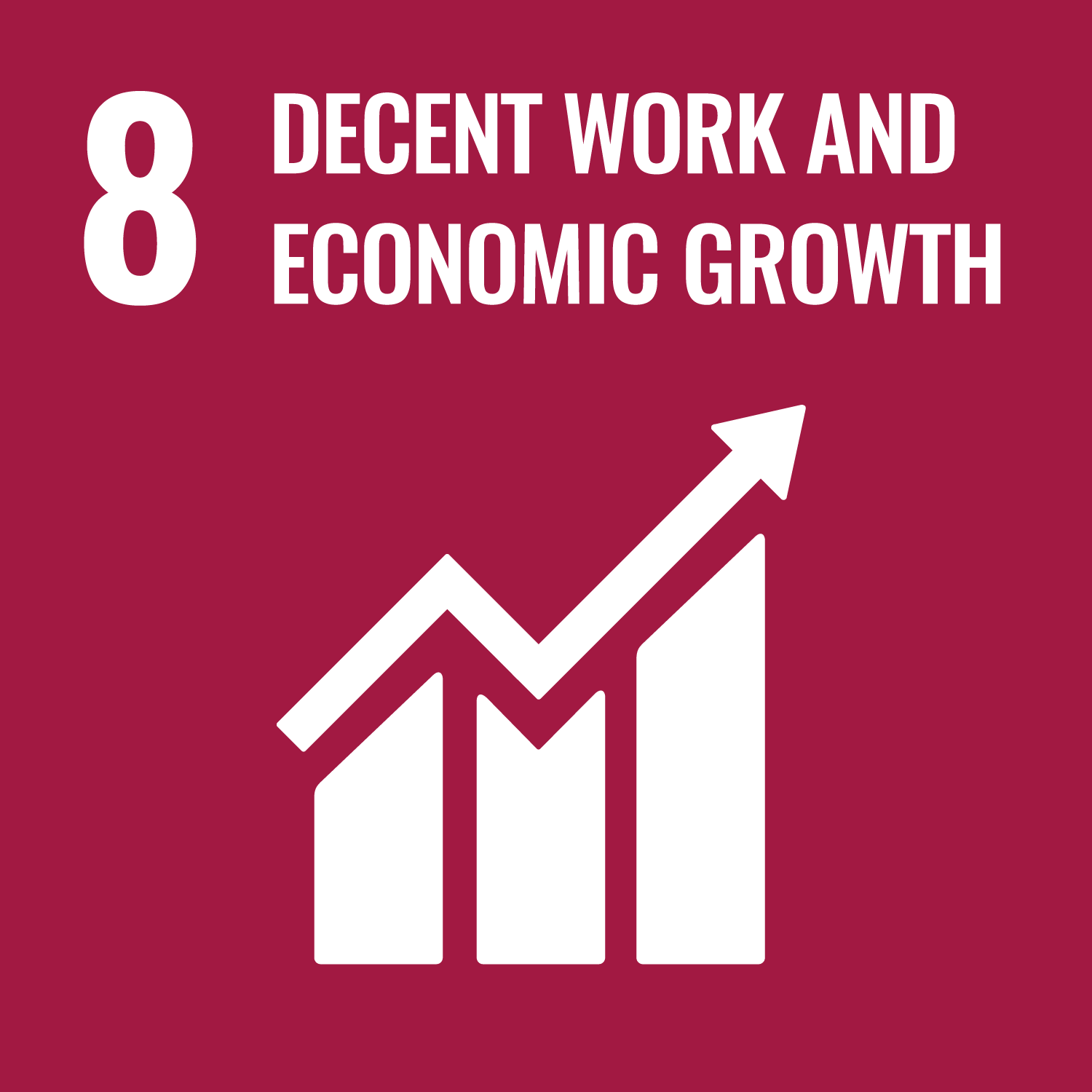 |
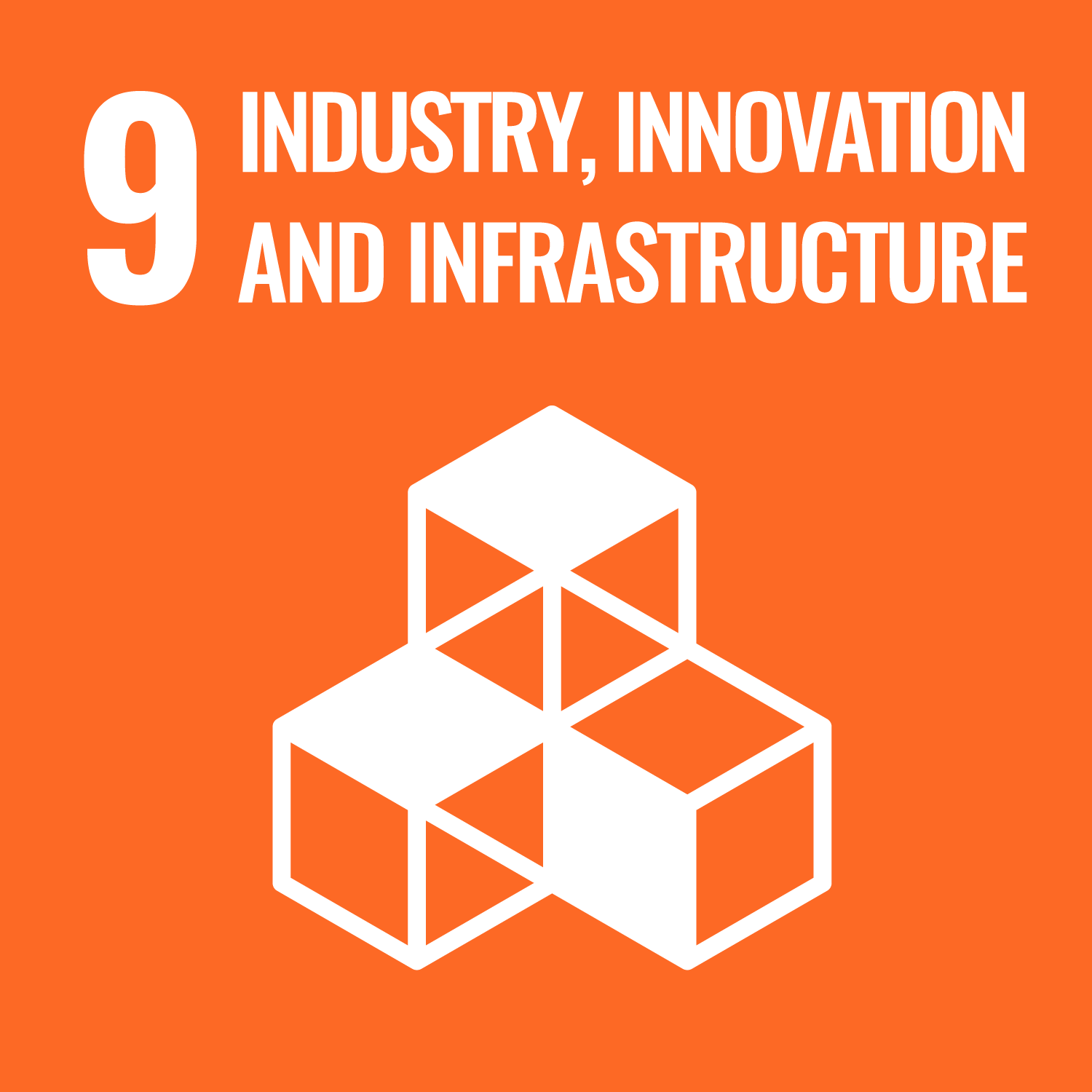 |
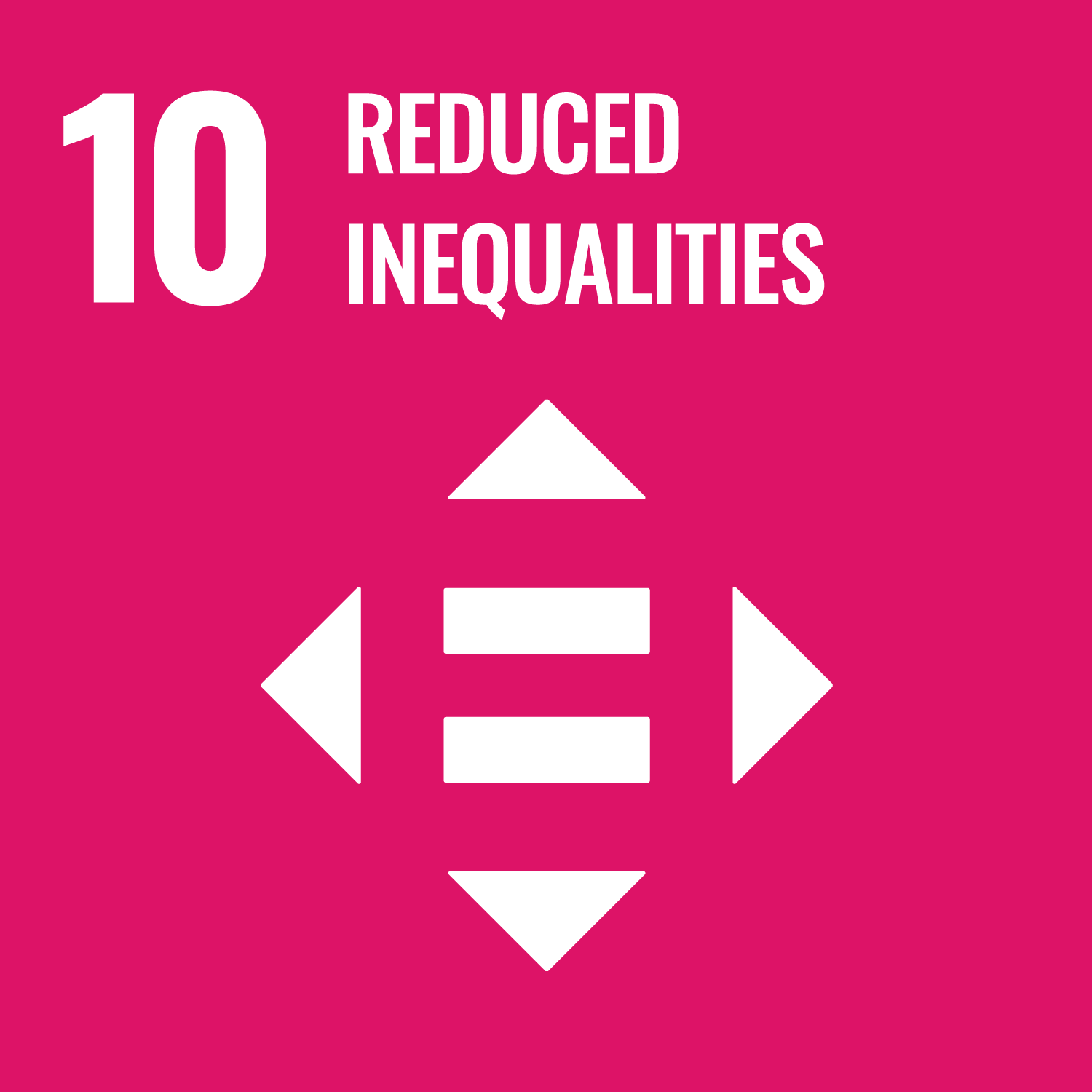 |
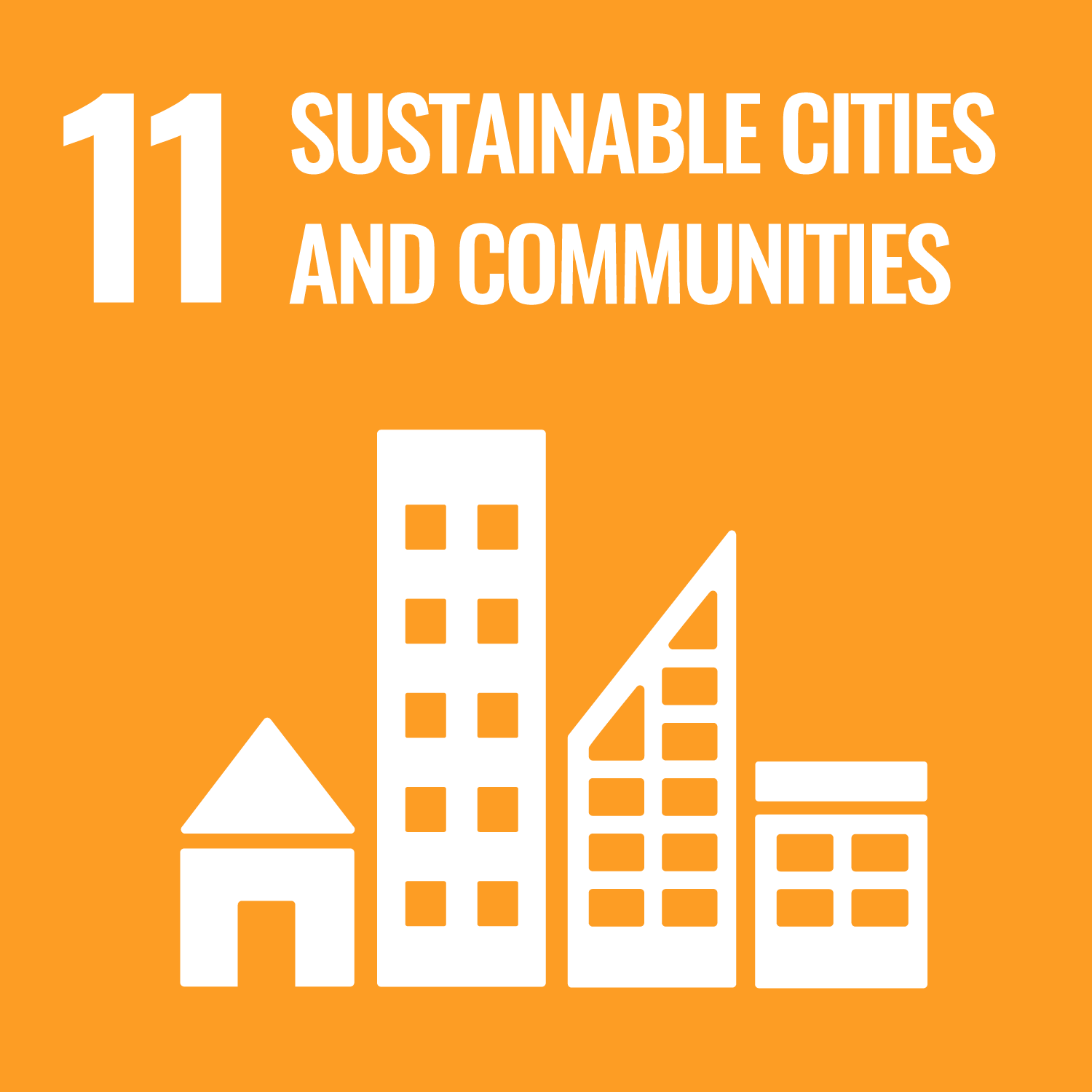 |
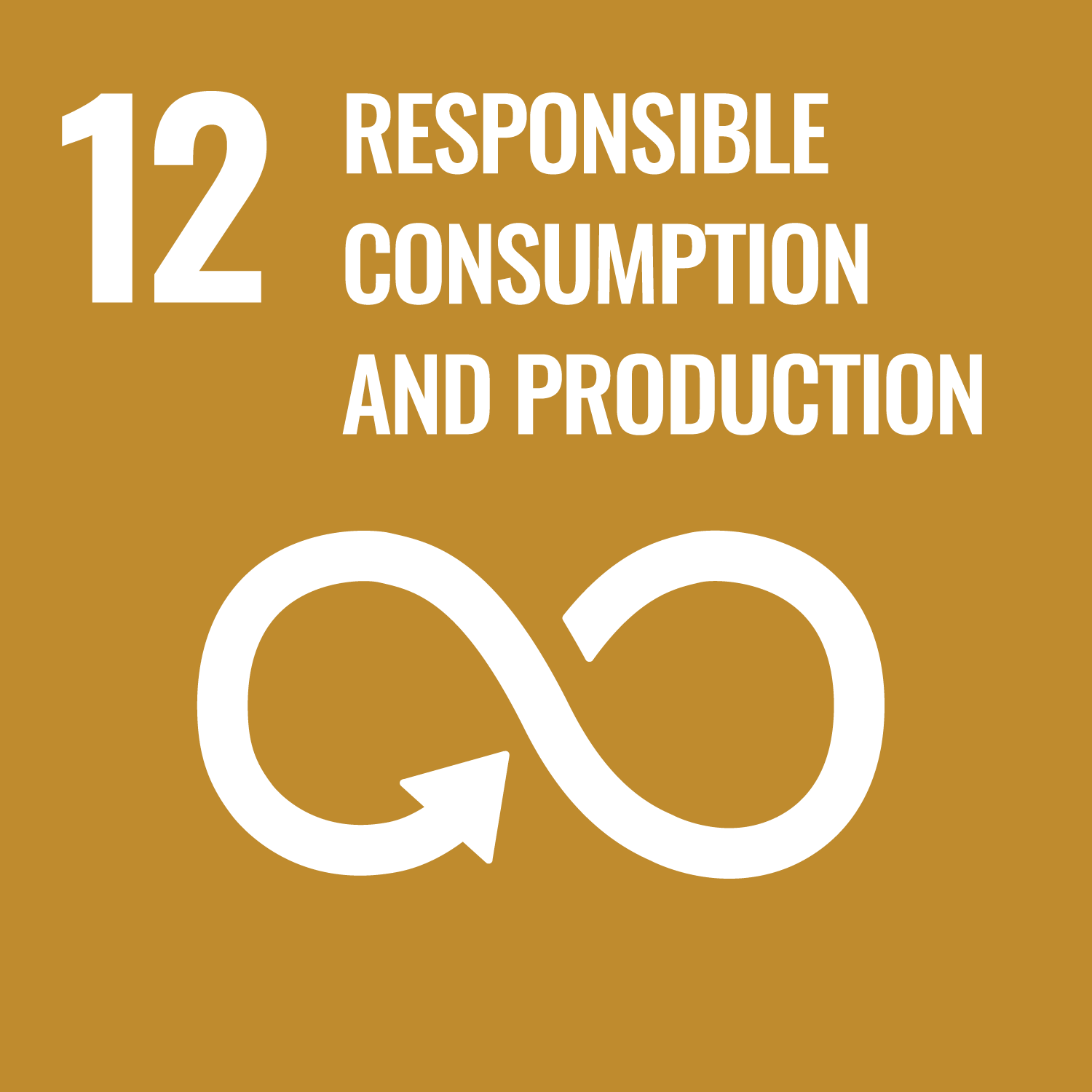 |
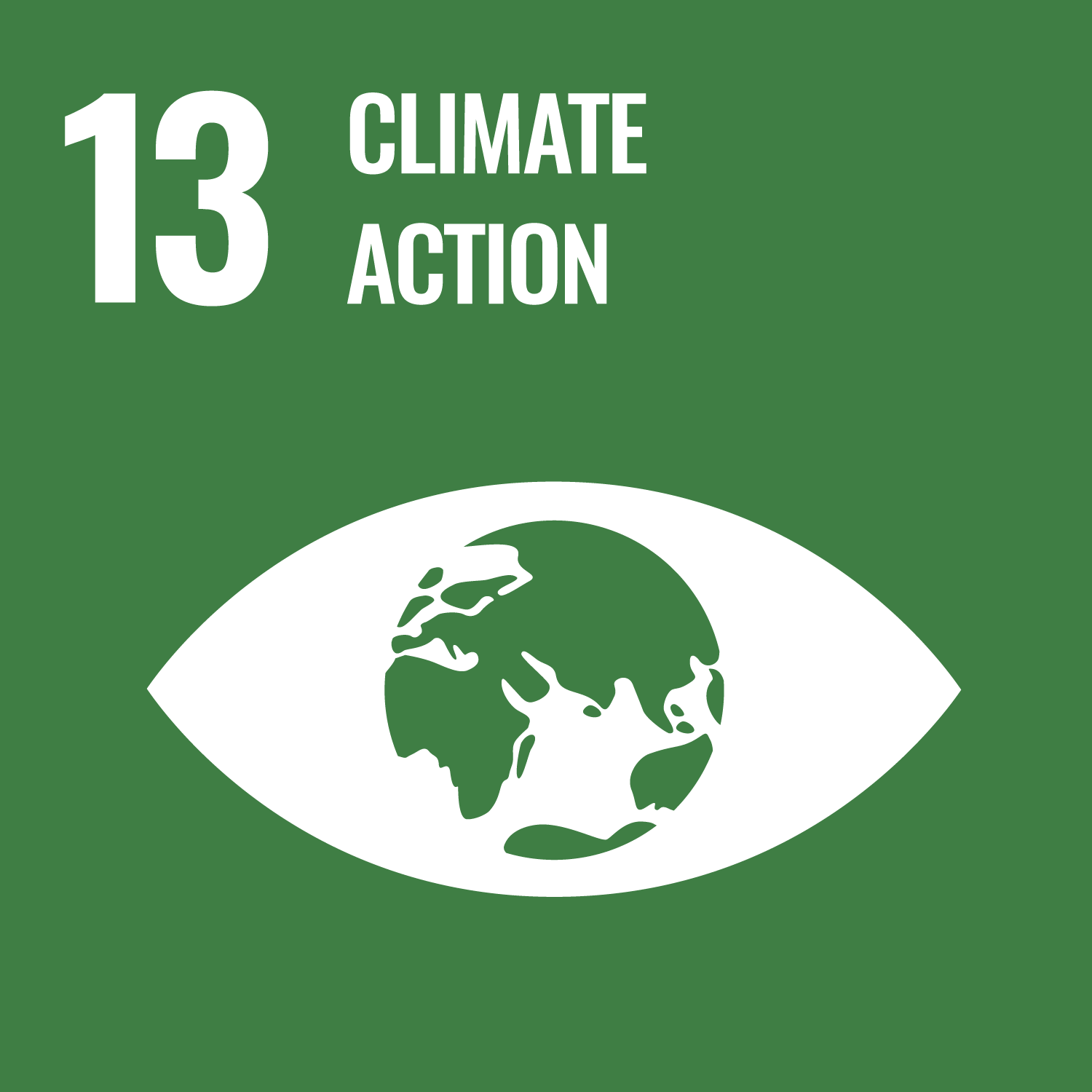 |
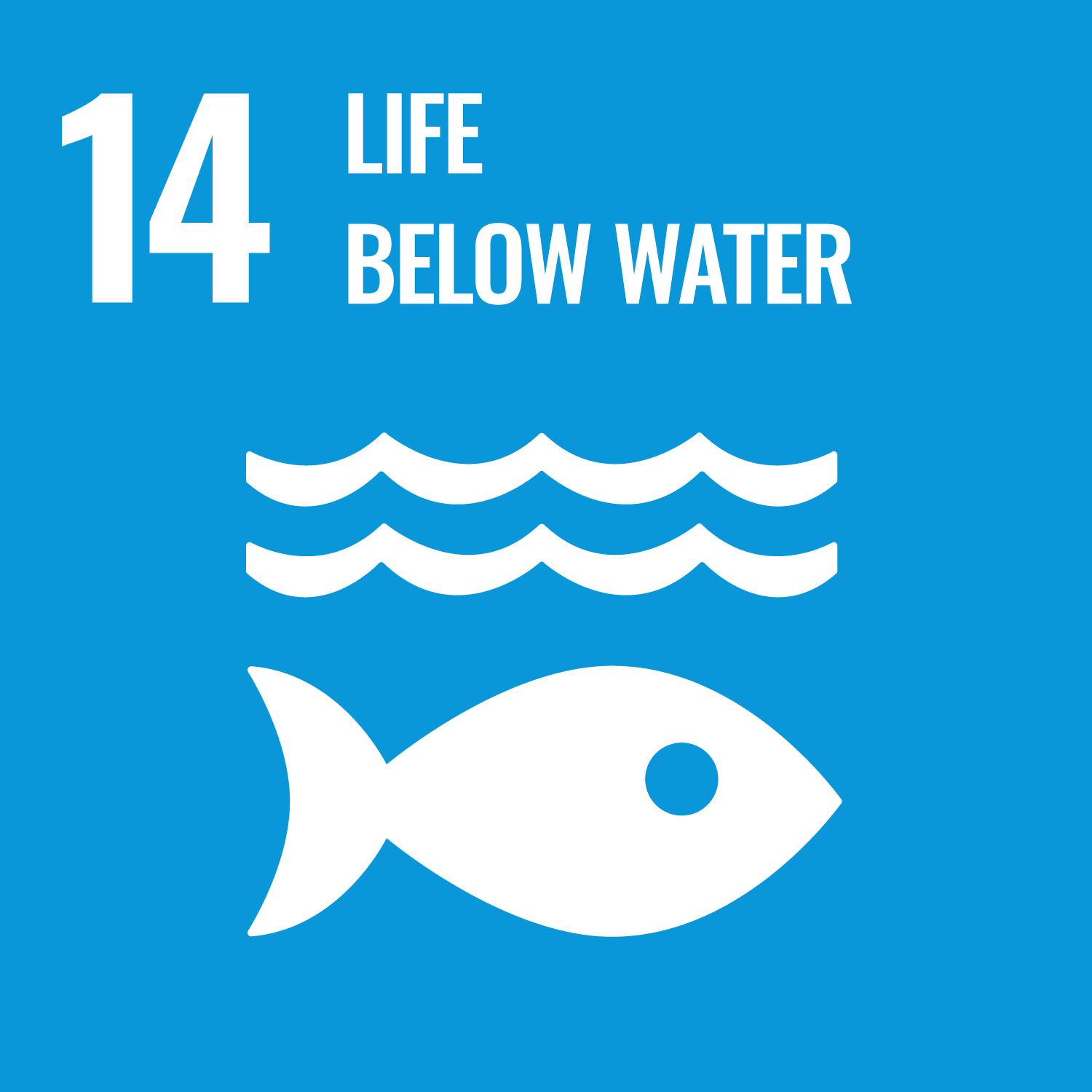 |
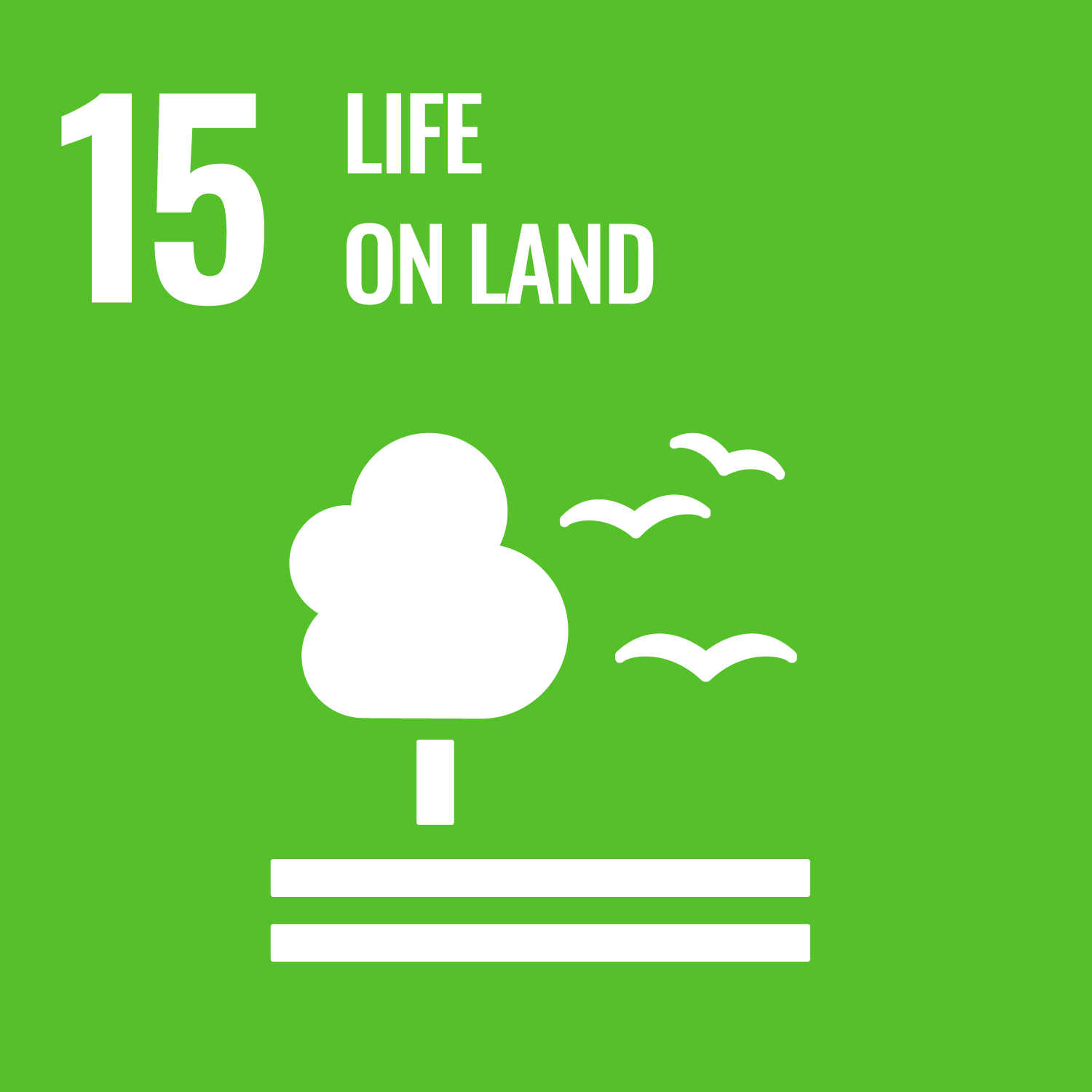 |
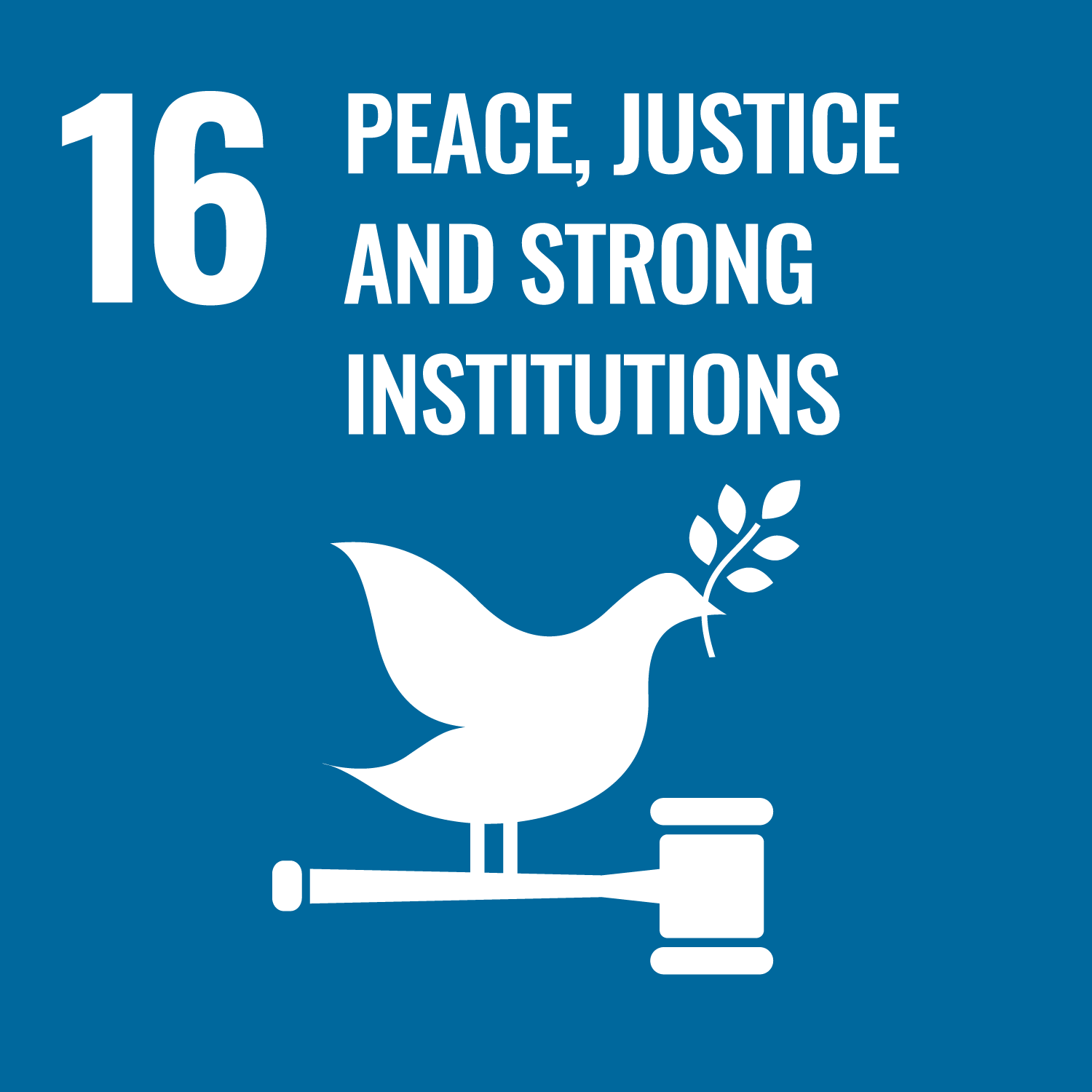 |
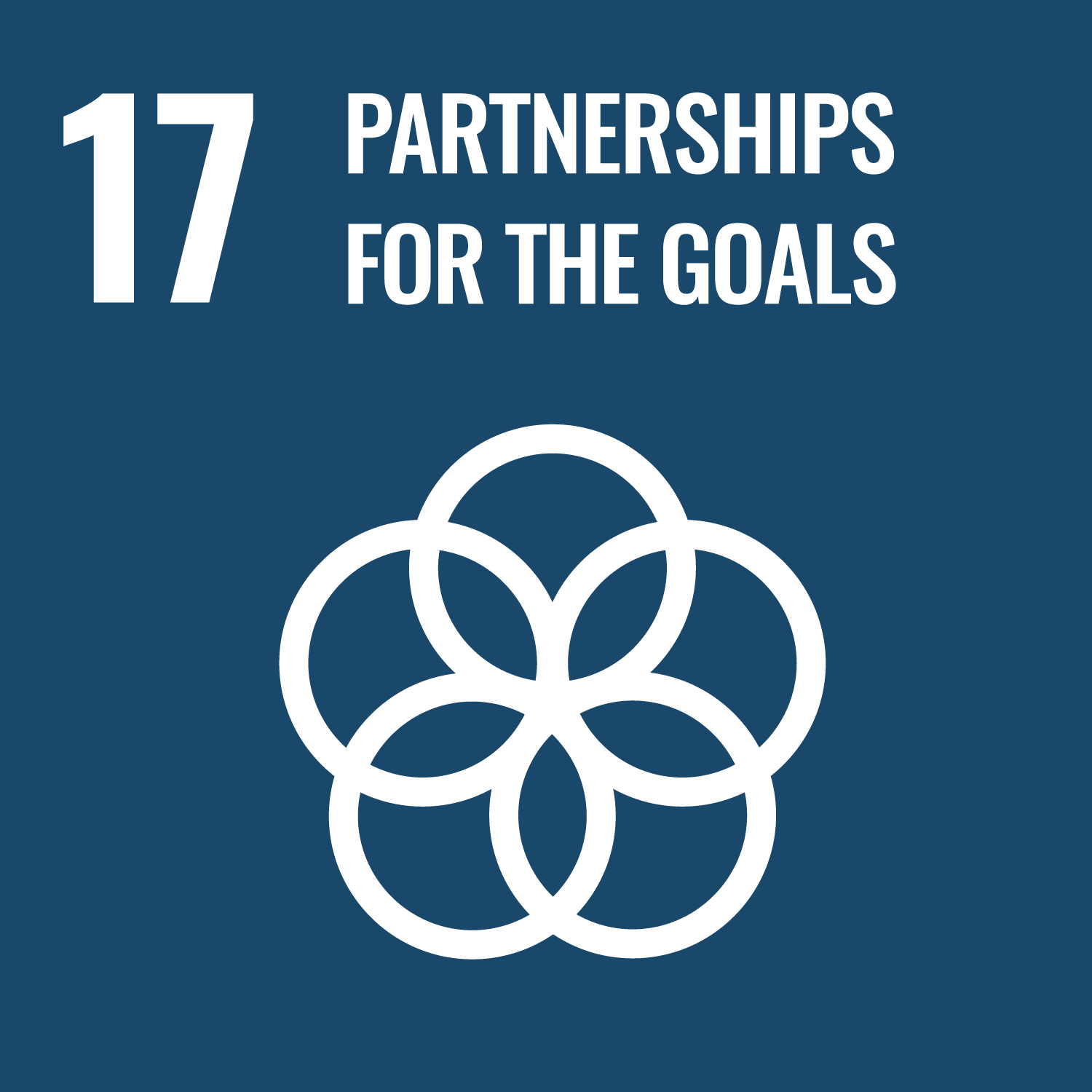 |
| Presenters | Title and Absract | |
|
Awath Java Abdat
|
The Mukono Micro-Livestock Farming Project Designed to Tackle Sustainable Development
Goal No. 1, No Poverty Keywords: Kigezi Health Care Foundation (KIHEFO), Mukono Micro-Livestock Project (MUMILI), Saving Credit and Cooperative Organization (SACCO), Sustainable Development Goals (SDGs), Uganda Bureau of Statistics (UBOS), United Nations Development Program (UNDP)
|
|
|
Helen Linonge-Fontebo
|
The Socio-Economic Effects of Child Marriage on the Wellbeing of the Girl-Child: An
Analysis of the Implementation of Agenda 2030 in Cameroon Socio-cultural and customary laws in Cameroon perpetuate child marriage, given that the civil and common law operate alongside a strong under-current of customary laws which sometimes act as a parallel regime to statutory law, thereby compromising the development (SDG 1, 3, 4, 5, 8, 10, 16) of girls, resulting in early pregnancy, social isolation, little or no education, poor vocational training/skills, loss of self-esteem and reinforces the gendered nature of poverty. Indicating that boys are also affected by child marriage but the impact is severe on girls, compounded by the fact that Cameroon has not adhered to Article 6 (b) of the Protocol to the African Charter on Human and People’s Rights on Women, which states a minimum age of marriage at 18 for both boys and girls. Religion is often used to justify child marriage in Cameroon and elsewhere. This explains why it is predominant among the Muslims in the Northern part of Cameroon, where young girls are still sent into marriages with traditional rulers, lamibes, who may have ten or fifteen wives. This practise is also common among the Bacheve, Oliti and Assumbo clans in Akwaya where girls at five, unknowingly are faced with the reality of child marriage at about the age of ten when their supposed suitors come for them. This paper examines the socio-economic implications of child marriage on the well-being of the girl Childs’ education, health and development through documentary and desktop review of literature and concludes by proposing recommendations for ways in which the practice of child marriage can be addressed through the Ministries of Women’s Empowerment and the Family, Social Affairs, NGOs/CSOs and other stakeholders in Cameroon. Keywords: socio-economic, child marriage, wellbeing, girl-child, agenda 2030, development in Cameroon.
|
|
|
Nabulya Justine
|
The Relationship Between MSMEs and Poverty Eradication in Makindye Division Kampala,
Uganda Keywords: MSMEs and Poverty Eradication, Alleviation in Makindye Division Kampala Uganda, Capacity Building, Youth, Men and Women Mindset, Entrepreneurship, Skilling and Technology, Seed Capital, Value Addition, Mentorship for Economic Growth, Sustainable Employment
|
|
|
Warner Woodworth
|
Ending Poverty and Inequality: What Matters and Why Key Words: Poverty, Inequality, United Nations, Sustainable Development Goals
|
|
| Presenters | Title and Absract | |
|
Bebe Alfred Dembele
|
Dynamique Spatio-Temporelle de l’occupation de sol et de son Implication á la Sécurité
alimentaire en Zone Cotonniére de Mali Keywords: Human pressure, Spatial dynamics, food security, Modeling
|
|
|
Priyanka Prem Kumar
|
Assessment of Sustainable Food Systems in Mountain Regions of India Through Climate
Smart Agriculture During Covid-19 Pandemic: The Case Study of AI for Rural
|
|
|
Isaac Okola
|
The Contribution of Input-Output Multi-Objective Optimization Model of Sustainable
Consumption and Production in Food-Energy-Water Nexus Food, energy and water are essential for human survival. These resources consume each
other thus enhancing security in one resource can reduce security in another resource.
Multiobjective optimization approaches have been used to understand the complexity
associated with the Food, Energy Water (FEW) Nexus. However most of these approaches
focus on either maximizing resource production or minimizing resource consumption
in the FEW Nexus but not addressing the two simultaneously. To achieve sustainability
of the FEW Nexus sustainable consumption and production of the resources need to be
emphasized. In this paper, the Input-Output theory is used to develop a multiobjective
optimization model that minimizes resource intensities. Minimizing resource intensities
results into minimized consumption and maximized production of resources in the nexus.
Using the developed model simulations are carried out to demonstrate its applicability
in FEW Nexus. The results show that the model can be used to explore alternative ways
of minimizing consumption and maximizing production simultaneously based on the concept
of non-dominated solutions.
Keywords:Input-Output Theory, Food-Energy-Water Nexus, Multiobjective Optimization Model, Sustainable
Consumption and Production
|
|
| Presenters | Title and Absract | |
|
Andre Ben Moses Akuche Kennedy Nsan
|
The Universal Health Coverage in Nigeria: The Perception of Public Health Professionals
Towards the United Nations Sustainable Development Key Words: Nurses Knowledge, Universal Health Coverage, Nigerian Healthcare Policy
|
|
|
Emmett Chad
|
Tsunami Preparedness in Indonesia: The WAVES Initiative The Indonesia archipelago is highly vulnerable to earthquakes and tsunamis. The WAVES initiative uses experts in geology, engineering, communications, public health, and geology in a multi-disciplinary, cross-cultural effort to better understand and communicate risk to federal and local government agencies, schools, businesses, and communities. Efforts include logging trenches dug on coastal plains to prospect for historical tsunami deposits, developing localized inundation maps, conducting social surveys on perceptions of tsunami threat and efficacy, creating and delivering educational sessions including the “20/20/20 principle” to schools and communities, identifying localized safe zones out of the inundation zone and within a timely walking distance, conducting tsunami evacuation drills, mapping evacuation signs, conducting interviews, and working with local and federal government officials and schools to create evacuation plans. This paper details our research findings and corresponding educational intervention. Key words: Tsunami, Indonesia, Natural Hazards, Education, Mitigation
|
|
|
Alice Chen
|
Reducing Child Mortality in Sierra Leone with a Sustainable Diagnostics Device for
Sickle Cell Disease Sickle cell disease (SCD) is a genetic blood disorder that affects more than 250 million people globally (Ilesanmi, 2010). The disease arises from an abnormal variant of hemoglobin in the bloodstream, which causes healthy red blood cells to assume a sickle shape. Aggregations of these atypical blood cells can inhibit circulation and lead to many health complications that can become fatal if left untreated. When the disease reached the United States during the 20th century, there were sufficient resources for the innovation of advanced diagnostic procedures to identify SCD in its early stages. However, low-to-middle income countries (LMICs) in Sub- Saharan Africa lack the means to effectively cope with the disease, thus demonstrating the healthcare inequalities between LMICs and developed countries. Between 50-90% of SCD- affected individuals in this region die before the age of 5, accounting for over half of the global SCD-related deaths in children under 5 (Tshilolo, 2019). To address this health crisis, the Lehigh University Sickle Cell Diagnostics team (SicklED) is developing a low-cost, point-of-care screening device for SCD that is designed for implementation as a neonatal standard operating procedure (SOP) in local hospitals. Because the lateral flow device is paper-based, its fabrication is sustainable and easily constructible without advanced medical training. With help from sponsors and the team’s established network of healthcare and social workers in Sierra Leone, SicklED’s plan is to assist the efforts present in Sub-Saharan Africa to help raise public awareness of the importance of healthcare and definitively diagnose SCD in these regions. Keywords: sickle cell disease, lateral flow device, test strips, sustainable global health, low-cost diagnostic, LMIC
|
|
|
Mohan Sudabattula Gabrielle Hoyer
|
Understanding the True Healthcare Impact of Nonprofits Serving the Navajo Tribe During
the Covid-19 Pandemic Keywords: Indigenous, Healthcare, Nonprofit, Pandemic, Rural, Supply Chain
|
|
|
Karuna Jain
|
Can Just Any Country Achieve UHC?: Lessons from Different Health Systems KEY WORDS: UHC, Universal healthcare, sustainable development goals, health systems, components of health system
|
|
|
Mireille Sylviane Dongmo Nguepi
|
The State of Food Security and Nutrition: Building Climate Resilience for Food Security
and Nutrition in the South West Region, Cameroon Keywords: Climate change, Nutrition, Food composition table, Human health, Nutrient, Staple foods, Food security
|
|
|
Esum M.E.
|
Trends of Malaria in the South West Region of Cameroon: Overview, Challenges, and
Perspectives Key words and phrases: South West Region, Malaria, Trends, Epidemiology, Social crisis, Sustainable Development Goal.
|
|
|
Chunhong Yan
|
For Objective 3: Good Health and Well-Being Eye Health Management Keywords: ophthalmic public health, refractive errors, screening modalities, screening tools
|
|
| Presenters | Title and Absract | |
|
Baktybek Abdrisaev
|
Inclusive Co-Curricular Educational Model for Implementation of Sustainable Development
for Rural and Mountain Communities Target 4.7 of the United Nations’ 2030 Agenda for Sustainable Development aims to ensure that all learners acquire the knowledge and skills needed to promote sustainable development, including through education for sustainable development. This paper discusses its implementation at Utah Valley University (UVU) through an inclusive co-curricular student engaged learning (SEL) model, which provides an opportunity for students to advocate for sustainable mountain development (SMD) in Utah and elsewhere. SEL encourages students to solve real-world problems as a group, with a faculty member serving as a mentor. Utah International Mountain Forum UIMF), a coalition of student clubs at UVU, is an extracurricular part of the model: it involves students, especially nontraditional or adult learners, in SMD activities beyond a single semester. Adult students enhance or change their careers while taking care of families. To overcome adult students’ reluctance to engage in club activities, the model provides incentives, such as flexible activity schedules, integration of their experience into group efforts, and recognition at the United Nations level. Through the curricular programs, mentors build stronger ties with adult students and encourage them to join UIMF. Since 2011, the model encourages students to contribute experiences, solicit funds, and gain recognition for SMD advocacy. Our assessment shows that students learn how to tie their own experiences to SMD, implement initiatives collaboratively, build partnerships on different levels, and then use accumulated knowledge for engagement in SMD activities beyond the semester. Keywords: mountain communities, adult students, student engaged learning.
|
|
|
Faïssou Amadou
|
Strengthening Civil Society Capacity for Education for All In Republic of Benin: The
Important Role of Universities and Other Research Institutions This report tends to track the Benin’s progress in the implementation of SDG 4, understanding
what hinders its complete achievement in terms of capacity and to recognize best practices
moving forwards. It recognizes the civil society organizations as good contributors
and presents their needs to address the major challenges in education sector with
just eight years left to the 2030 deadline. It explores the kinds of support universities
can quickly bring to civil society in terms of capacity, competence gaps filling and
multi-stakeholder’s engagement in education area. Keywords : Civil society performance Education 2030 Agenda
|
|
|
Joy Ayebare
|
A Study of Enhancing the E-Learning and the 21st Century Competence Skills Training
in Institutions of Higher Learning This report tends to track the Benin’s progress in the implementation of SDG 4, understanding
what hinders its complete achievement in terms of capacity and to recognize best practices
moving forwards. It recognizes the civil society organizations as good contributors
and presents their needs to address the major challenges in education sector with
just eight years left to the 2030 deadline. It explores the kinds of support universities
can quickly bring to civil society in terms of capacity, competence gaps filling and
multi-stakeholder’s engagement in education area. Keywords : Civil society performance Education 2030 Agenda
|
|
|
Jihong Cai
|
Instituting Dynamics and Practical Experiences in K-12 Education in Underdeveloped
Regions: Redefinition, Augmentation, and Diversification of Teaching Qualification
to Promote Equitable Educational Access Sustainable Development Goals 4.c calls for sustainably supplying abundant and sufficient
qualified educators. However, longitudinal studies have shown that teacher attrition
has become a central issue in maintaining and recruiting qualified and talented individuals
to join the industry. Many attributes contribute to the issue, while specific causes,
such as the gaps in the support they need and the average payment teachers get, have
lagged the sustainably delivering qualified teachers. Moreover, this issue causes
more significant damage considering the disproportional distribution of educational
resources, disadvantaging the underrepresented and underprivileged communities. Keywords: Teaching qualification, professional education, educational access, and K-12 education.
|
|
|
Joyce Coffey
|
Racial Diversity- A Secret of High-Performing School Districts Across the United States Keywords: quality education, racial segregation, school choice, academic performance, socioeconomic status, sustainable development goals
|
|
|
Girish Dalvi
|
Perspectives on Integrating the Local Context for Environmental Literacy: An Exploratory
Study with Middle-School Teachers in India The purpose of this integrative literature review paper is to examine, from an angle of sustainability, how culture can contribute to the localization and achievement of SDGs. Specifically, this paper is to 1) reflect on the synergies between culture, ESD, and people-based Sustainable Development (SD), and 2) examine studies involving youths as the future potential for achieving the SDGs through culture. A varied range of literature was analysed to set up a method of inductive thinking, starting with specific examples and inferring towards generalizations. Drawn on studies from tangible and intangible heritages, the results identified two emerging thematic areas: 1) how culture presents future opportunities for achieving SD and provides a solid understanding on the synergies between culture and ESD, and 2) how culture has aided the progression of SD through youth engagement. The implication of the present study is to uncover strong connections between culture and SDGs and inherited reasons why culture matters for SDGs. More importantly, the paper highlights culture is not “good to consider” but must be taken into consideration as an intrinsic domain of human existence in all efforts to achieve SD. Keywords: culture, cultural sustainability; Education for Sustainable Development; SDG 18; youth empowerment; people-based Sustainable Development.
|
|
|
Kenna Lee Edler
|
Culture and the Sustainable Development Goals: An Outlook of Future Opportunities The purpose of this integrative literature review paper is to examine, from an angle of sustainability, how culture can contribute to the localization and achievement of SDGs. Specifically, this paper is to 1) reflect on the synergies between culture, ESD, and people-based Sustainable Development (SD), and 2) examine studies involving youths as the future potential for achieving the SDGs through culture. A varied range of literature was analysed to set up a method of inductive thinking, starting with specific examples and inferring towards generalizations. Drawn on studies from tangible and intangible heritages, the results identified two emerging thematic areas: 1) how culture presents future opportunities for achieving SD and provides a solid understanding on the synergies between culture and ESD, and 2) how culture has aided the progression of SD through youth engagement. The implication of the present study is to uncover strong connections between culture and SDGs and inherited reasons why culture matters for SDGs. More importantly, the paper highlights culture is not “good to consider” but must be taken into consideration as an intrinsic domain of human existence in all efforts to achieve SD. Keywords: culture, cultural sustainability; Education for Sustainable Development; SDG 18; youth empowerment; people-based Sustainable Development.
|
|
|
Martina King
|
Building Capacity and Awareness for the UN Sustainable Development Goals Through Project-Based
and Community-Engaged Pedagogies Purpose - The key sustainability competencies are fundamental to sustainability transformations.
The purpose of this study is to investigate the effectiveness of project-based and
community-engaged pedagogies in supporting student development of all key sustainability
competencies. Additionally, the study examines whether the UN SDGs provide an appropriate
framework to support engagement with the breadth of sustainability topics and increase
awareness and support of the goals within the community. Keywords: sustainability competencies; sustainable development goals; community-engaged learning; project-based learning; pedagogies
|
|
|
Eunmi Joung
|
The Effect of Different Instructional Methods and Beliefs towards Mental Computations KEYWORDS mental computations, direct teaching, open approach, preservice teachers, attitudes towards learning mental computations
|
|
|
Rungrawee Samawathdana
|
The First Phase of Development of Health Learning Package by Applying Technology Based
with Autonomous Learning Approach to Enhance Covid-19 Literacy and Health Behaviors
as Lifelong Learning Skills This paper demonstrated the first phase of Development of Health Learning Package by Applying Technology-Based with Autonomous Learning Approach to Enhance Covid-19 Literacy and Health Behaviors as Lifelong Learning Skills. Qualitative method was organized. Guideline questions for semi-structured interview as a research instrument were developed using content validate to constructed component of the Health Learning Package (HeL-pack). This paper presented the finding in part of the component including (1) the stated concept of Covid-19 literacy, (2) the manual for HeL-Pack including guidelines to practice autonomous learning, application of using technology, (3) pre-test for Health literacy (HL) and Health behavior (HB), (4) learning activities, (5) learning materials and (6) post- test for HL and HB. Keywords: Health Learning Package; Health literacy; Health behavior; technological and autonomous learning approaches
|
|
|
Lauren Taylor
|
The Power of Educating Women and Ending Generational Poverty: A Comparative Study
of Women in Ghana and Liberia Keywords: Female Empowerment, Poverty, Educating Women, Formal Education, West Africa, Incentive Programs, Generational Poverty
|
|
| Presenters | Title and Absract | |
|
Cristen Dalessandro
|
Who Gets to Choose? A Global Perspective on Gender, Work-Life Balance, and Choice
in the Post-Pandemic Workplace Post-2020, there is evidence of persistent gender inequities both at work and at home, which research has shown can limit women’s work choices. Thus, it is urgent that we investigate gender differences in domestic responsibilities among working parents and the potential impact of these differences on work choice. Using an original dataset with employees who have internet access in select countries in North America, South America, Europe, and Asia (N=3,147), we conducted logistic regression analysis to explore whether employees felt they had a choice in where they do their work. In addition to gender, we considered how childcare responsibilities, housework responsibility, self-identified “minority” status, education, workspace model (hybrid, remote, in-office or on-site), and country influenced employee perceptions of choice. Notably, in addition to significant differences between countries, education, and according to “minority” status, we found that men (OR: 1.23; 95%CI 1.04-1.47) and those stating that a partner was responsible for all or most of the housework (OR: 1.45; 95%CI 1.06-1.98) and childcare (OR: 2.72; 95%CI 1.95-3.78) reported feeling they had more choice regarding where they work. Additional chi-square analyses found significant gender differences in the distribution of housework and childcare responsibilities. These results suggest that working women still shoulder more of the childcare and housework responsibilities globally, and this unequal distribution of responsibility could have an impact on women’s perceptions of their choices when it comes to work. KEYWORDS: Gender; Work; Work-Life Balance; Working Parents; Gender Inequality; Work Choice
|
|
|
Kimberly Madsen
|
Can Performance and Representation Improve Public Perceptions of Police Legitimacy
in Pursuing Domestic Violence Case? Keywords: gender, domestic violence, post-conflict, representation, policing
|
|
|
Balram Rao
|
Gender Disparities in Educational Attainments: Does Gender Gaps Matter? In today's globally competitive environment, educational attainment plays an important role from empowerment of the communities to sustain the higher growth. However, in a society as deeply stratified as India, disparities in education within social groups can be observed through various distributions, such as religion, caste, and gender, among others. In this paper, we empirically examine educational enrolment functions and conditions of enrolment within marginalized groups. The mixed methodology is used for collecting empirical data through extensive field work carried out in western districts of India’s most populated province known as ‘Uttar Pradesh’. Further, the gender difference in educational attainment is decomposed within social groups to understand the individual factors most responsible for the differential treatment. The findings describe that within disadvantaged groups, a consistent feature is widespread gender disparity in educational attainment for uncleaned occupational scheduled caste girls. Apart from economic factors, the analysis describes that the treatment of sons and daughters by parents is a potential explanation of the gender gap in education in India. Therefore, the persistent of such gender based discrimination in household expenditure on education has caused lot of challenges not only to achieve in educational attainment for girls in one of the largest province of world 2nd most populous country but also in mitigating the widening of global gender gaps in way to achieve the sustainable development goals (SDGs). Keywords: Educational attainments, Gender Gaps, Decomposition Analysis, SDGs,, India
|
|
|
Antra Singh Divya Modi Tongya
|
Differential Impact of School Closure on Adolescent Girls during Covid 19 Pandemic:
A Study of Slum Dwellers in Delhi Keywords: School Closure; Differential Impact; Vulnerability mapping; Adolescent Girls; Covid 19; Pandemic; NGO; Government; Policy |
|
| Presenters | Title and Absract | |
|
Jane-Francis TatahKihla Akoachere
|
Diarrheal Diseases and Evaluation of Inhabitants’ Knowledge, Attitude and Practices
Regarding Water Safety, Sanitation and Hygiene in Cholera Endemic Localities of Douala,
Cameroon Key words: Diarrhea; Knowledge, Attitude and Practices; Water, Sanitation and Hygiene, Douala, Cameroon
|
|
|
Anna Cardall
|
STARS-c, A Google Earth Engine Tool to Evaluate Long-Term Water Quality Trends Globally We present the SpatioTemporal Analysis of Remotely Sensed chl-a tool (STARS-c) tool,
based on Google Earth Engine (GEE) and Landsat data. STARS-c characterizes water quality
trends for any water body globally. STARS-c allows a user to outline a water body,
select a time range, and apply a general or user-provided model to estimate chlorophyl-a
(chl-a) concentrations. STARS-c generates maps of chl-a concentrations and provides
chl-a concentrations over time. Historically, remote sensing data use required significant
computational resources because of the data size. STARS-c leverages GEE which performs
computations remotely and requires only a web browser. STARS-c can help manage water
resources in a sustainable manner.
This paper primarily addresses UN Sustainability Goal 6: Clean Water and Sanitation,
and Goals 11, 13, and 14: Sustainable Cities and Communities, Responsible Consumption
and Production, Climate Action, and Life Below Water, respectively. STARS-c provides
a long-term time history of water quality, including spatially distributed concentration
maps which can be used to better manage water resources and waste water treatment
(G6), provide input to help design and plan sustainable cities by identifying impacted
water bodies and trends (G11), help locate water and waste water treatment plants
and evaluate waste water treatment effectiveness over the last 40 years (G13), provide
data on long-term trends to help characterize and evaluate climate impacts and potential
mitigation strategies (G13), and identify both sustainable and impacted water bodies
to help address issues in life below water (G14).
Key words: chlorophyl concentration, water quality trends, remote sensing
|
|
|
Aaron Kasule
|
The Study of Clean Water and Sanitation in Bunyenye and Bunyaka Villages in Luwero
District SDG 6 Water scarcity affects over 40 percent of the people in the world. Although 2.1 billion people have improved water sanitation since 1990, dwindling drinking water supplies are affecting every continent. In Uganda, safe and affordable drinking water for all by 2030 requires investing in adequate infrastructure, providing sanitation facilities, encouraging hygiene, as well as protecting and restoring water-related ecosystems. Uganda has experienced two decades of economic growth, and there were also other factors leading to large population movement from rural to urban. However, the reversal of the trend of urban to rural migration occurred due to the coronavirus (COVID 19) and the lock down resulted in large numbers of people returning to villages which led to increased population figures and hiking the rates of poor sanitation and water pollution. Luwero District has an average per-capita consumption of 14 liters per a person per a day which is below the Ministry of Health recommended consumption of 20 liters per a person per a day. This paper explores perceptions and recommendations of the community on the challenges faced concerning water and sanitation and their solutions. The study objectives were to find out the number of water collection points, the distance to these water sources, status of these water points, adequacy of the water and remedies to the challenges. The study results showed that there were inadequate and poorly maintained water points in this community. We recommend a concerted effort of community awareness and sensitization to maintain and improve the available water points and full Government intervention in the water and sanitation issues under SDG 6. Key words; Water, Sanitation, Hygiene, Water Points, Health and Wellbeing, COVID 19
|
|
|
Siddharth Singh
|
Achieving Sustainable Development Goal 6 in India: Transforming Lives through Localisation In 2015, 63.3% of Indian rural households and 19.7% of urban households did not have access to improved sanitation measures. World Bank has noted the severity and urgency of the situation by observing that more than 520 million people in India were defecating in the open. The adoption of Sustainable Development Goals (SDGs) aligned with the Indian national development agenda concerning improved water and sanitation measures proved remarkably successful in the previous years. India has established an SDG localized model for adopting, implementing, and monitoring SDGs at national, sub-national, and local levels. SDG 6 deals with ensuring availability and sustainable management of water resources and sanitation for everyone has been translated into multiple governmental policies in India. The Indian government, under its flagship programme, Jal Jeevan Mission (National Water Mission) is committed to providing safe drinking water through individual household tap connections by 2024 to all households in rural India. Likewise, another prominent scheme of Swachh Bharat Abhiyan (Clean India Mission) demonstrated success by providing access to toilet facilities in the rural households and achieving the target of Open Defecation Free (ODF) in all the districts. With the help of a series of social welfare schemes and their continuous monitoring at all levels, India is making significant progress in achieving SDG 6. For these reasons, the Indian Goal 6 experiences become crucial for other countries and provide numerous learning opportunities for them. Keywords: India, Localisation, SDGs, Sanitation, Sustainability, Water
|
|
| Presenters | Title and Absract | |
|
Abdul-Wahab Abdul-Hamid
|
SDGs, Islamic Banks and Economic Growth Nexus: A Case Study of Malaysia Keywords: SDGs, Islamic Banking, Economic Growth, Financing, ARDL, Malaysia
|
|
|
Leo Borders
|
Financial Development, Governance Systems and Economic Freedom as Determinants of
Financial Inclusion Keywords: sustainable development goals, financial inclusion, financial development, governance systems, economic freedom.
|
|
|
George Lwanda
|
Development Cannot Do Us Apart: Why SDG Interconnections Matter in Reducing Youth
Unemployment Youth unemployment is a major hindrance to Africa's achievement of the 2030 Agenda's aim of sustainable development (Africa Capacity Building Foundation 2017; The World Bank 2009; Wallace 2019; Zimmerman et al. 2013). According to the International Labour Organization, Africa has one of the highest proportions of unemployed youth globally. While between 10 and 12 million young people enter the labour force on the continent each year, only 3 million jobs are created (Africa Development Bank Group 2015). As a result, almost 80% of African teenagers entering the labour field experience long-term unemployment. Prolonged unemployment causes up to half of the continent's unemployed youth to give up looking for work, undermining social cohesiveness (World Bank 2014; Honwana 2014; Mueller, Rosenbach, and Thurlow 2019; Resnick 2019). Youth who have given up looking for work are called discouraged or inactive youth in labour accounting. They are young men and women who, despite their youth, have given up on looking for work after long periods of unemployment (Africa Development Bank Group 2015; Honwana 2014; Resnick 2019; World Bank 2014). This study identifies the SDGs most closely linked with reducing youth unemployment (SDG8) in the 34 African countries shown in Figure 1. It uses data from the 2018 Afrobarometer Round 7 survey to examine the prevalent socio-economic circumstances of youth who have given up looking for work. Keywords: Youth unemployment, SDG, discouraged youth, Africa, gender equality
|
|
|
Md. Anisur Rahman
|
Higher Education and Human Capital Development Science refers to a system of acquiring knowledge, following a systematic methodology.
This methodology includes observation, measurement and evidence to gain knowledge.
Sustainability means meeting our own needs without compromising the ability of future
generations to meet their own needs. Sustainability is broadly used to indicate programs,
initiatives and actions aimed at the preservation of a particular resource. It actually
refers to four distinct areas: human, social, economic and environmental are the four
pillars of sustainability. Higher education also includes teacher-training schools,
colleges, universities and institutes of technology after passing secondary school
certificate courses. Innovation is the key feature of sustainability. Sustainability
can drive innovation by introducing new design constraints that shape how key resources
like, energy, carbon, water, materials and waste are used in products and processes.
Sustainable innovation is a rational and collaborative way to maintain socio economic
values for present and future generations. A key role of higher education institutions
is to drive innovation, with the aim of finding solutions to global challenges in
areas that matter to socio economic development. The role of higher education for
sustainable development involves changing the means and processes of knowledge production
and the way in which students are trained, making students more socially responsible,
critical and sensitive towards sustainability. This paper discussed the present global
economic growth, how the economic growth can be sustainable by digitalization and
the 4th industrial revolution, post covid19 economy and highly skilled workforce demand
for innovative solutions in the workplace, higher educational institutions can build
the students high skilled for present global job market. Key Words: Education, Sustainability, 4IR, Innovation & Skill.
|
|
|
Anu Rao India |
Decent Work and Wellbeing in Modern World of Work: Empirical Evidence from Delhi NCR
Region The Covid-19 pandemic has effectively forced the world into an economic meltdown.
Interestingly, in midst of the first corona wave, the Indian Parliament passed three
labour codes-the industrial code, the code on social security, and the code on occupational
safety, health, and working conditions. In this paper, we examine the impact of the
consolidation exercise of these labour codes in the construction industry. We attempt
to analyze how these codes could affect the lives and rights of workers in the construction
industry. Keyword: Covid-19, Work, Wellbeing, Social Protection, SDGs, Construction Industry.
|
|
| Presenters | Title and Absract | |
|
Mary Foss
|
Promoting Sustainable Development Goals Through Project-Based Learning: A Case Study
of the Concept Center The field of engineering is well-suited to solve many of the United Nations 17 Sustainable Development Goals (SDGs). It is the responsibility of institutions of higher learning to prepare engineering students to not only understand their role in achieving these goals but to be equipped with the skills, knowledge, and expertise to make incremental changes and advancements in their field that support sustainable development. One such way to do so is through experience in project-based learning (PBL). The Concept Center at Weber State University is modeled after PBL and functions to pair students with sponsored projects. This paper discusses the application of PBL in the Concept Center to achieve a double mission of being an active community member by connecting academia with industry and community members and providing opportunities for students to gain needed skills in problem solving and project engineering and mentorship. A summary of past projects completed at the Concept Center by student interns is presented that demonstrate the ability of the PBL Center to advance goals related to good health and wellbeing (SDG3), quality education (SDG4), gender equality (SDG5), affordable and clean energy (SDG7), and industry, innovation, and infrastructure (SDG9). Key words: engineering education, project-based learned, United Nations Sustainable Development Goals, quality education, gender equality, affordable and clean energy, industry, innovation, and infrastructure
|
|
|
Estíbaliz García
|
La Necesidad de un Convenio Internacional para Fortalecer Alianzas en la Mitigacion
de los Desechos Espaciales En un escenario en el que los lanzamientos espaciales son cada vez más frecuentes, los desechos espaciales tienden a acumularse. Se podría afirmar que una problemática similar a la del medioambiente terrestre se ha visto trasladada al ámbito espacial. Tomando en consideración que se halla fuera de discusión la posibilidad de disminuir o restringir la utilización y explotación del espacio ultraterrestre por los Estados, inevitablemente el foco central de interés para hacer frente a la problemática internacional aquí descrita son los propios desechos espaciales, ya que el número de los mismos no dejará de ascender en el tiempo. En los últimos años se ha desarrollado una mayor conciencia de la gravedad del problema, reconociendo los Estados la importancia de mantener un acceso sostenible al espacio ultraterrestre para las futuras generaciones. Desde el punto de vista jurídico dicho reconocimiento se ha venido reflejando en la elaboración de recomendaciones para mitigar la cantidad de desechos espaciales. No obstante, sin restar importancia a este logro en el campo, dichas recomendaciones no son vinculantes para los Estados, por lo que, tampoco se les puede invocar responsabilidad por inobservancia de las mismas. Teniendo en cuenta el incremento continuado año tras año en la cantidad de desechos en órbita, cabe afirmar que el problema persiste y se necesitan medidas adicionales. Por ello, la solución jurídica que se propone en el presente trabajo sería la elaboración de una convención internacional. Dicha medida otorgaría amplios beneficios, siendo el primordial el cumplimiento simultáneo de varios de los Objetivos de Desarrollo Sostenible (ODS) de la Agenda 2030. Ahora más que nunca es necesaria una sólida cooperación internacional centrada en la preservación del medioambiente espacial dada la trascendencia de la basura espacial como problema ambiental inminente y los riesgos que plantea. Palabras clave: Desechos espaciales, Basura espacial, Espacio ultraterrestre, Derecho Internacional del Espacio, Corpus Iuris Spatialis, Protección internacional del medioambiente.
|
|
|
Michael Ekonde Sone
|
Partnering to Maximize the Impact of Technological Innovation in Postharvest Processes
in Rural Areas Keywords: postharvest; multi-crop machine; drone; innovation; partnership; farmers.
|
|
| Presenters | Title and Absract | |
|
Cyprian Amutabi
|
Do Education Level and Employment Status Matter for Financial Inclusion? Evidence
from Kenya Keywords: Financial inclusion, Education, Employment, HOI, Shapley decomposition, Kenya.
|
|
|
Tomas Atarama
|
Narrativa Transmedia Corporativa: Un Modelo Para Promover el Compromiso por los Objetivos
de Desarrollo Sostenible de la Agenda 2030 PALABRAS CLAVES: Narrativa transmedia, comunicación corporativa, compromiso, Agenda 2030 y cambio social.
|
|
|
Ayuk Justine Eta
|
Addressing the Growing Gender Inequalities in New Conflict Areas in Africa: The Case
of Cameroon and Nigeria Key words: gender, conflict, violence, vulnerability, inequality, development, partnership.
|
|
| Presenters | Title and Absract | |
|
Ndoumbe Richard Alain
|
Le Processus de Decentralisation au Cameroun: Avancées, Pesanteurs et Perspectives The main orientation of the National Development Strategy 2020-2030 (SND30) in terms of decentralization and local development in Cameroon is to accelerate and deepen the decentralization process and strengthen local governance to make Decentralized Territorial Communities (CTD), poles of growth and development at regional and local levels. All things that promote the achievement of the Sustainable Development Goals (SDGs) in favor of grassroots populations through the improvement of their living conditions. However, despite the transfer of powers and resources to the Communes and Regions by the State, it is clear that poverty persists, particularly in rural areas. The objective of this work therefore aims to analyze the challenges facing the process of decentralization and local development in Cameroon, and suggests some ways to improve it. Keywords : Cameroon, decentralization, constraints and perspectives.
|
|
|
Clifton Farnsworth
|
Exploring the Role of Ethics and Sustainability in the Decision Making of Engineering
and Construction Professionals: Toward Developing Sustainable Cities and Communities The built environment is the backbone of sustainable cities and human settlements. Thus, engineering and construction (EC) professionals have a direct impact on achieving goal 11 of the United Nations’ Sustainable Development Goals (SDGs) through designing, building, and operating sustainable cities and communities. However, the built environment is also heavily connected to many of the other SDGs. This research reports the exploration of EC professionals’ approaches to sustainable development, and the extent to which ethics and aspects of sustainability motivate their decision making. Semi-structured interviews with a range of EC professionals demonstrate how various decisions are professionally evaluated as touching each of the ‘three pillars of sustainability’ (economic, social, and environmental). Economic motivations are embedded in virtually all decision making, while social and environmental aspects of sustainability are more varied in their implementation. Social aspects comprise a broad array of motivating factors, while environmental aspects are heavily influenced by regulation. Most surprising is the extent to which some EC professionals decouple ethics from sustainability-related decisions, placing responsibility fully upon the shoulders of their clients to make sustainable decisions and act appropriately. The ASCE statement on sustainability suggests that engineers should “do the right project” (2021b). However, practice seems to indicate that often EC professionals inform their clients about what may be “right,” but take no responsibility to insist on any sustainable action beyond regulatory minimums. EC professionals have an opportunity to take greater leadership roles in directly and indirectly supporting the SDGs via professional work in the built environment. KEYWORDS: Ethics, Sustainability, Decision Making, Civil Engineering, Construction
|
|
|
Trinidad Fernandez
|
The World Towards the Future. Global Initiative for Healthy Cities. Piura, Peru Keywords: healthy city, wellbeing, City Lab, sustainable development, Piura
|
|
|
Matt Jensen
|
Improving Air Quality by Reducing Aircraft Fuel Use and Emissions with Semi-Autonomous
Electric Tugs Keywords: Air quality, Emissions, Electric vehicles, Autonomous, Fuel use, Aircraft, Airliner
|
|
|
Mabel Nechia Wantim
|
Monitoring and Predicting Future Eruptions of Mount Cameroon: A Requirement for Ensuring
Sustainable Development in Communities within the Area (SDG 11, SDG 7) Over 500,000 people inhabit the flanks of Mount Cameroon (MC) compose of 2 cities, 3 towns and 63 villages. MC is one of the most active volcanoes in Africa. Hazards from its 1999 eruption (lava flows, earthquakes and volcanic ash) caused significant environmental and infrastructural damage and affected the wellbeing of this community. To attain SDG 11 (Targets11.5 and Indicator 11.B.2), there is an urgent need to monitor hazards from this volcano. This entails building and maintaining partnerships towards the implementation of SDG 17 (Targets 17.3, 17 6 & 17.9). This study examines the extent to which recent North-South and South-South partnerships, through a USAID PERIPERI-U and a Swedish (SIDA) LIRA2030 grants have contributed towards the partial attainment of these goals, such as, in the development of the first Earthquake Building Code and Building Regulations in the area, and the construction and partial equipping of a Volcano Monitoring Laboratory. Funding from these partnerships has also been used for capacity building of students; research training of staff in Belgium, Algeria, and in the USA; organisation of workshops and focused group discussions on communities’ perceptions of the eruptions of this mountain, how the hazards affect development in the area, and the coping strategies of the communities during eruptions. It is hoped that more partnerships will be established and used to provide clear messages for policy makers and stakeholders and equally ensure confidence building on the communities, aimed at ensuring the implementation of these Goals within this area and beyond by 2030. KEYWORDS: Mount Cameroon, volcano monitoring, perception, training, building code, partnership
|
|
| Presenters | Title and Absract | |
|
Michael Bown
|
An Exploration of How Large Corporations Use Sustainable Development Goals and Standardized
Reporting Structures Within their Sustainability Strategies The purpose of the paper is to determine which of the UN Sustainable Development Goals (SDGs) are being used by the largest US corporations, and to assess the quality of this use. Similarly, we determine which of the most common standardized reporting structures these corporations use. The assessments are done using the websites and annual reports of the top 25 Fortune 100 companies. There are 17 SDGs and four widely used standardized sustainability reporting structures: Sustainability Accounting Standards Board (SASB), Global Reporting Initiative (GRI), Task Force on Climate-Related Financial Disclosures (TCFD), and Carbon Disclosure Project (CDP). Along with these reporting structures, we look at which companies subscribe to the two programs UN Global Compact (UNGC) and the Science-Based Targets Initiative (SBTi). All 17 SDGs are mentioned by at least two companies, and by up to 14 companies for the most popular SDG. Three of the top four companies in terms of SDG usage are in the “consumer discretionary” category. Beyond mere mention of SDGs, 52% of the companies show good evidence of their adoption of the SDGs. The six reporting structures and programs are well represented among the companies, with eight companies using all six, and five more using five of them. The paper contributes to the body of knowledge by showing in structured form to what extent the SDGs have meaningfully penetrated the largest US corporations, and to what degree these corporations are using standardized reporting structures for communicating sustainability information to their stakeholders. Keywords: UN SDG; UN Global Compact; Sustainable Development Goals; Science-Based Targets Initiative; Fortune 100; Corporate Websites
|
|
|
Hilary Ngouabo Dassi
|
Logiques Neopatrimonaiales et de Gouvernance par la Ruse Dans la Gestion Durable des
Forets au Cameroun The purpose of the paper is to determine which of the UN Sustainable Development Goals (SDGs) are being used by the largest US corporations, and to assess the quality of this use. Similarly, we determine which of the most common standardized reporting structures these corporations use. The assessments are done using the websites and annual reports of the top 25 Fortune 100 companies. There are 17 SDGs and four widely used standardized sustainability reporting structures: Sustainability Accounting Standards Board (SASB), Global Reporting Initiative (GRI), Task Force on Climate-Related Financial Disclosures (TCFD), and Carbon Disclosure Project (CDP). Along with these reporting structures, we look at which companies subscribe to the two programs UN Global Compact (UNGC) and the Science-Based Targets Initiative (SBTi). All 17 SDGs are mentioned by at least two companies, and by up to 14 companies for the most popular SDG. Three of the top four companies in terms of SDG usage are in the “consumer discretionary” category. Beyond mere mention of SDGs, 52% of the companies show good evidence of their adoption of the SDGs. The six reporting structures and programs are well represented among the companies, with eight companies using all six, and five more using five of them. The paper contributes to the body of knowledge by showing in structured form to what extent the SDGs have meaningfully penetrated the largest US corporations, and to what degree these corporations are using standardized reporting structures for communicating sustainability information to their stakeholders. Keywords: UN SDG; UN Global Compact; Sustainable Development Goals; Science-Based Targets Initiative; Fortune 100; Corporate Websites
|
|
|
Angie Higuchi
|
International Quality Pressures and Banned Pesticides in Peruvian Quinoa Purpose: The objective of this article is twofold: 1) evaluate the relationship between
international pressures and the national prioritization of quinoa as a key export
commodity, and the consequent diminishing of cultivation and crops quality, with health
and ecological risks that ends affecting the Peruvian national population, and 2)
analyze if internationally banned pesticides are present in the quinoa that Peruvian
are consuming. Keywords: Quinoa, Peru, pesticides, food safety, environment, metamidophos |
|
| Presenters | Title and Absract | |
|
Tata Emmanuel Sunjo
|
Problems of Climate Change-Related Hazards in African Coastal Communities Key Words: climate change, hazards, coastal communities,adaptation, mitigation, partnerships.
|
|
|
Lara Gil
|
Climate Change and Environmental Migration Case Studies that Indicate Potential Future
Movements Due to Climate Events: Austria, Greece, Spain and the United States Climate changes are becoming more and more noticable. The number and frequency of extreme climate events such as fires, floods, storms or earthquakes are rising. Many of them are related to the increase in the average global temperature. While direct ecological effects seem to be obvious, the impact on cultural, economic, and social patterns must also be considered. Based on Sustainable Development Goal 13 (SDG 13) “Climate Action” this paper therefore investigates the relationship between climate phenomena and migration. It explains the concept of climate migration and displacement. It takes a look at four Northern Countries (Austria, Greece, Spain, United States) and analyzes climate events that happened in 2021, and its effect on migration as well as their economic, social, and cultural ramifications and future trends. As data refers to events of 2021 statistics may not have recorded adequate migration patterns. Still, there is a trend towards internal and short-term migration visible. Taking a deeper look at commonalities among these countries, the paper emphasizes the comprehensive nature of this phenomenon and shows the intertwined nature of SDGs. The paper therefore tries to raise awareness on the topic of climate migration and the increasing urgency to take actions and to build future adaptation strategies. Keywords: Climate Migration, Environmental Migration, Climate Action, Climate Change, Climate Events, Sustainable Development Goals
|
|
|
Nakita Bruno Green
|
A Grounded Theory Study Exploring Why and How the UNEP Young Champions of the Earth
Create Sustainable Innovations for a Flourishing Planet Keywords: Sustainable Development Goals, Sustainable Innovation, Grand Challenges, Flourishing
|
|
|
Hannah Moss
|
Mindsets and Air Pollution in a Dynamic Urban Environment: How Attitudes and Behaviors
May Aggravate Public Health Outcomes in Almaty, Kazakhstan Using an original public opinion survey we study attitudes and behaviors toward air pollution in Almaty, Kazakhstan, a growing modern city with extremely high concentration of air pollutants. Utilizing the Health Belief Model (HBM) framework previously used to understand an individual's health decision-making, we evaluate levels of citizens’ awareness of the poor air quality, their perception of risk and harm it poses to health, and their willingness to devote time and resources to reduce their air pollution exposure. The issue of air quality in Almaty–Kazakhstan’s most populous and wealthiest city– has received much attention in recent years, but little research has been done to thoroughly examine public attitudes, which ultimately would drive any solutions to the problem. Our study finds that although citizens are aware of the gravity and general harms of Almaty’s air pollution, they significantly underestimate their personal risks and health consequences. The survey also shows citizens are unwilling to think of air pollution as their own personal health problem and often engage in daily routines that exacerbate their exposure to pollution. We conclude that shifting public discourse from the collective/government to the individual/community problem domain will have a beneficial effect on daily practices which may lead to reduction of exposure and improvements in public health outcomes. Such attitudinal and behavioral changes are necessary first steps to promote environmental consciousness and effective pollution reduction programs. Keywords: HBM, air pollution, environment, public opinion, public health, Kazakhstan, Almaty
|
|
|
Claudia García Zaragoza
|
The Regressive Effect of Climate Change on Social Inequalities: Analysis and Policy
Recommendations Climate change and within country inequalities (or social inequalities) have traditionally been studied independently. This paper aims to put two of the most pressing global challenge of contemporary times in parallel and reflect on their relationship. Climate change impact tends to be regressive, falling more heavily on most marginalized and stigmatized groups in society, thus exacerbating existing inequalities. Besides, it includes an analysis of three ways through which climate hazards impact more vulnerable groups: greater exposure, higher susceptibility to damages, and less ability to cope and recover. These three channels trap climate change and social inequalities in a vicious cycle difficult to overcome. Empirical evidence on recent climate hazards is employed to support theoretical assumptions. The paper concludes with policy recommendations to break the vicious cycle and build resilience to climate hazards and ultimately reduce social inequalities. The pack of policies suggested goes from localized tailored actions to global engagement and multi-stakeholder initiatives. Keywords: Social inequalities, within country inequalities, climate hazards, resilience
|
|
| Presenters | Title and Absract | |
|
Katelyn Hickman
|
The Integral Role of the Coastal Microbiome in Mangrove Conservation Mangroves are intertidal forests that bridge the gap between terrestrial and marine environments. They live at the edge of their tolerance in habitats rife with abiotic stressors such as fluctuations in salinity and temperature, yet mangroves are among the most productive ecosystems in the world. They are also among the most vulnerable to climate change and anthropogenic degradation, and are in steep decline globally. Providing important services economically, ecologically and environmentally, mangroves support a plethora of human activities, stabilizing coastlines, supporting marine food webs, sequestering vast amounts of carbon, cycling nutrients, trapping sediment and filtering water. This research examines the existing literature on the microbiome, biochemistry, ecological role, and conservation initiatives surrounding mangroves. My aim is the synthesis of a holistic approach to improving transplantation practices, supporting the success of mangrove reforestation. Mangrove reforestation initiatives are adapting priorities to include conservation and biodiversity, but success rates and longevity of transplants remain low. Inoculation of mangrove seedlings raised in nurseries, away from their natural habitats, shows promise in bolstering the success rates of seedling transplantation. Studies have correlated bacterial and fungal inoculants with increased biomass, increased resistance to stressors, increased root stability, increased plant productivity and reduced uptake of phytotoxic metals. These increases in performance are not attributed to a single microbial species, but rather a combination of bacterial and fungal inoculants. The interactions of these species is not yet well-understood but may hold pertinent insight for the successful reforestation of mangroves, and the rehabilitation of coastal ecosystems across the globe. Keywords
|
|
| Presenters | Title and Absract | |
| Presenters | Title and Absract | |
|
Atangcho Akonumbo
|
Partnering to Reduce Inequalities, Attain Peace, Justice and Build Strong Institutions
in Cameroon Key Words: Partnerships, Sustainable Development Goals, Inequalities, Peace, Justice, Institutions
|
|
|
Dr. Maayan Amir
|
Authorizing the Use of Visual Force: Strategic Analysis and Examination of Incriminating
Visual Images Presented at the United Nations Security Council With its aegis of maintaining international peace and its power to authorize the use of force on a global scale, the United Nations Security Council (UNSC) also provides an arena in which state representatives advocate for various military measures by exhibiting photographic material. Despite the fact that such material has been introduced for these purposes at the UNSC since its inception, systematic research into the principal visual codes and values that legally define the types of photographic material presented at the UNSC remains absent. This paper aims to fill the gap by analyzing the history of visual presentations, focusing on the strategy of incriminating states or non-state fighting frictions by weaponizing photographs submitted as evidence of atrocious international law infringement to justify military operations, or in blatant support of war efforts. Combing through the timeline of visual presentations in the history of the Council, our point of departure is the Syrian Civil War (2011–ongoing) to draw comparisons with two other cases: one in 1947, when the Dutch government submitted photographs as evidence against the Indonesian Republic troops; and another in 1961, whereby the Portuguese government presented photographs to incriminate the national movement's fighters in Angola. In these cases, the modus operandi reveals itself to be an imperial tool at the service of colonial purposes. The article’s goal is to draw attention to the frequent abuses of imagery presented at the UNSC, and to shed light on the recurring pattern of misusing visuals for the purposes of justifying war. Keywords:
|
|
|
Dr. Biswajit Bandyopadhyay
|
Building Strong Anti-Corruption Institutions for Sustainable Development: Enhancing
Peace, Justice and Public Trust in Public Policy Process Building accountable, transparent, effective and inclusive institutions is a great
challenge both in developed and developing countries resulting to increase conflict,
corruption, insecurity and week institutions thereby limited access to justice. Public
trust is important for successful policy-making process. The implementation of governmental
policies and programmes depends upon the behavioural responses from the citizens.
The United Nations has published 17 Sustainable Development Goals and framed universal
agenda not to leave behind. The SDG 16 clearly mentioned to decrease corruption and
bribery substantially, building strong and peaceful institutions and provide equal
access to justice among citizens. Despite corruption control strategies for prevention
of corruption as one of the most important factors causing obstacles to good governance
and declining the level of trust towards public institutions including anti-corruption
agencies. At this instance, the research questions are:
i)How far anti-corruption institutions are performing their functions efficiently and
effectively for implementation of ‘Zero Tolerance Policy’ as announced by the Government
of India and State Governments with the expectations of general citizens?
ii)What are the major challenges faced by anti-corruption organizations to control corruption
and building effective, transparent and inclusive anti-corruption governance in Sustainable
Development Framework?
The study analyzes how anti-corruption institutions accomplish goals for trust, peace
and access to justice among citizens and employees based on sample survey from citizens
and police officials posted in anti-corruption agencies. The study has analyzed present
status of intervention in functioning of anti-corruption institutions and developed
models to strengthen anti-corruption institutions in policy-making process for combating
corruption.
Keywords:Anti-Corruption Institutions, Good Governance, Inequality, Public Policy, Public Trust,
Sustainable Development
|
|
|
Natasha Byrd
|
Issues in Refugee Adaptation After Resettlement Refugees are individuals who have been displaced forcefully or are fleeing war and conflict in their home country to find safety elsewhere. Causes of conflict and individual situations vary from place to place, but regardless of the specifics in consequence of these changes, many refugees lose the sense of their identity. This paper will detail the hardships refugees face when integrating into a new culture. Before they leave for a new country, refugees experience trauma, which could be anything from wars, injury, sexual abuse, physical abuse, or political conflict. As they arrive in a new country and are relocated in a city, refugees continue to confront complex challenges such as cultural adaptation, affordable housing, mental health difficulties, integrating into the education system, finding employment, helping their family adapt, and learning independence in an unfamiliar place, all in relation to UN SDG 16, “Peace, Justice, and Strong Institutions,” and SDG 4 “Quality Education.” This paper explores ideas concerning refugees adapting to a new country, issues of economic class, and ways to help children continue their education. This paper contains information from peer-reviewed articles, and other scholarly references. Key Words: Refugees, coping strategies, resettlement, cultural adaptation, family, women and children
|
|
|
Buddhodev Ghosh |
Why Does the Indian Perspective Matter? A Search for the Indian Views on the Concept
of Ecological Harmony and Sustainable Development The concepts such as sustainable development and conservation that contemporary environmentalists propose and are forced to adhere to may have been inspired by what has already been said in the ancient scriptures. We need to understand the deep and comprehensible meanings of cultural and scriptural practices; to re-evaluate sustainable attitudes towards the environment. Eco-Dharma is a new term for explaining ethical ways which contribute to the consciousness of the environment. This paper will be divided into three sections; first, this paper will try to describe how eco-friendly nature is present in Indian tradition and what people are practicing. The second section will look into some environmental spirit present in dharma, and the third section will be about how these ideas can be imposed for sustainable and harmonic development. Keywords: Environment, Sustainable development, Dharma, Indian tradition, Indic ideas
|
|
|
Zoë Gorman
|
Contested Spaces in Mali: Justice, Security, and the State Keywords: Mali, Sahel, intrastate conflict, justice, territorial control, peacebuilding
|
|
|
Talatou Maiga
|
Confronting Violence Within and Between Communities: A Case for the Creation and Strengthening
of More Peace and Justice Mechanisms in India and Mali Violence is defined as “the use of physical force, usually with the purpose of injuring or damaging [a] target.” (Bartos & Wehr, 2002; Beer & Packard, 2012; Holbrook & Cook, 2013; Holbrook, 2015; Danziger & Lupo, 2020 ). Many analysts have broadened the definition of violence, not only by using it interchangeably with the word “conflict”, but also by including in its definition the threats of physical force whether made in person or online, as long as those threats are likely to cause injury or damage to the target. In countries like India and Mali, violence is seen through a wide range of forms. In this study, authors look at the two countries of India and Mali and attempt to answer the following questions: 1-Why is it that despite an increasing number of democracies, legal experts, and mediators,
violence/conflict continues to rise in countries like India and Mali? This work is done with an eye toward the United Nations’ Sustainable Development Goal 16 (SDG 16) which is Peace, Justice and Strong Institutions which means an emphasis is put on why it matters if these two countries get new paradigms or strong institutions for conflict resolutions. Key words: Gender violence, mediation, law, conflict resolutions, rebellion, violence against women, public outreach forums
|
|
|
Jacques Moli
|
Remobiliser les Traditions Ancestrales Dans la Construction D’une Paix Durable en
Afrique: un Enjeu de Développement Durable Keywords: Paix, traditions, développement, alliances à plaisanteries
|
|
|
Obasesam Okoi
|
Entrepreneurship and Peace in Nigeria’s Oil Region: Why Sustainable Development Matter Entrepreneurship is a central pillar of Nigeria’s peacebuilding program, which has contributed to the reduction of insurgent activities in the oil region while helping former insurgents to reintegrate into civilian society. However, entrepreneurship programs that are designed to facilitate peacebuilding are implemented in communities that continue to suffer the effects of decades of an oil industry that has polluted their lands, air, and waters, thereby reinforcing the importance of sustainable development as a critical component of peacebuilding. This article asks, can entrepreneurship contribute to sustainable peace in Nigeria’s oil region without progress towards sustainable development? How can sustainable development receive greater priority and attention in the Niger Delta peace process? The study utilized a sequential mixed method design to collect and analyze qualitative and quantitative data in two phases. In the quantitative phase, I administered a standardized questionnaire to ex-insurgents in three states: Akwa Ibom, Rivers, and Bayelsa. The result provided a statistical description of the respondents’ opinions concerning the role that entrepreneurship plays in the peace process to generate themes for qualitative interviews with purposefully selected participants. The empirical evidence shows that the peacebuilding program has increased the number of small-scale entrepreneurs throughout the oil region. While this peacebuilding strategy is instrumental to the unwillingness of many ex-insurgents to return to criminal behavior, environmental degradation continues to exacerbate already present pathologies in the oil region. This raises critical concerns about the sustainability of the peacebuilding program and the importance of sustainable development as the pathway to lasting peace. Keywords: Entrepreneurship; peacebuilding; sustainable development; peace; insurgency; Niger Delta
|
|
|
Nandini Praveen
|
Gender Based Violence in Armed Conflict and Displacement and Sustainable Development
Goals: A Case Study in International Law KEYWORDS: Gender-Based Violence, Sustainable Development Goals, Armed Conflict, Displacement, International Law
|
|
|
Lia Baez Vidal
|
Genocides of Coloniality: Power, Race and Genocide as a Foundational Practice in Colonial
America Key Words: genocide, colonialism, decolonial, race, discourse, power
|
|
| Presenters | Title and Absract | |
|
Eta Mercy Aki
|
Enhancing Quality Education through Partnerships: Why It Matters in Higher Education
in Cameroon Keywords: Quality education, Partnerships, Higher education, SDGs, Cameroon
|
|
|
Simo Krsmanovic
|
The Impact of Decentralisation on Creating Enabling Environments: Whole-of-Society
Implementation of the United Nations 2030 Agenda for Sustainable Development Key words: Sustainable Development Goals; Governance; Decentralization; Multi-level Governance; Regional Development; Subnational Governments
|
|
|
Horace Manga Ngomo
|
An Assessment of the University of Buea as a hub of Excellence and a Center of Partnership
for the SDGs In this paper, we assess the University of Buea as a hub of excellence for SDG 17,
“Partnership for the Goals” through an analysis of the research work at the University
in the past two decades to demonstrate the strong, historical engagement with the
SDGs. Analysis revealed that 13 of the 53 partnership projects signed by the University
within the last decade, impacted 16 SDG’s. Secondly, a survey was carried out to evaluate
the engagement of Establishments’ research projects on the SDGs and to highlight how
partnerships have been critical to their successful implementation. Results showed
the Establishments’ interests and priorities—their priority SDGs; partnerships with
the most impact; structures for long-term partnerships; SDGs for partnerships at the
local/national, continental, and global levels. The results showed that research projects
in the Establishments impacted all 16 SDGs, and their interconnectedness was evident.
Thirdly, we analyzed the themes of the abstracts submitted to this UN Conference and
determined that they covered 14 out of the 17 SDGs. With one of the usual challenges
of SDGs being impacts assessment and interconnectedness, the success of this approach
resides in its possible application as an alternative framework for SDG impact assessment
as well as its affirmation of the necessity of the multi stakeholder approach for
economic development. Furthermore, given the interconnectedness of the SDGs, their
ranking by impacts and other criteria, allows us to establish the resources that underpin
their implementation in order to strengthen or shift these resources to enhance the
SDGs outcomes.
Keywords: partnership; epicenter; interconnection; impact assessment
|
|